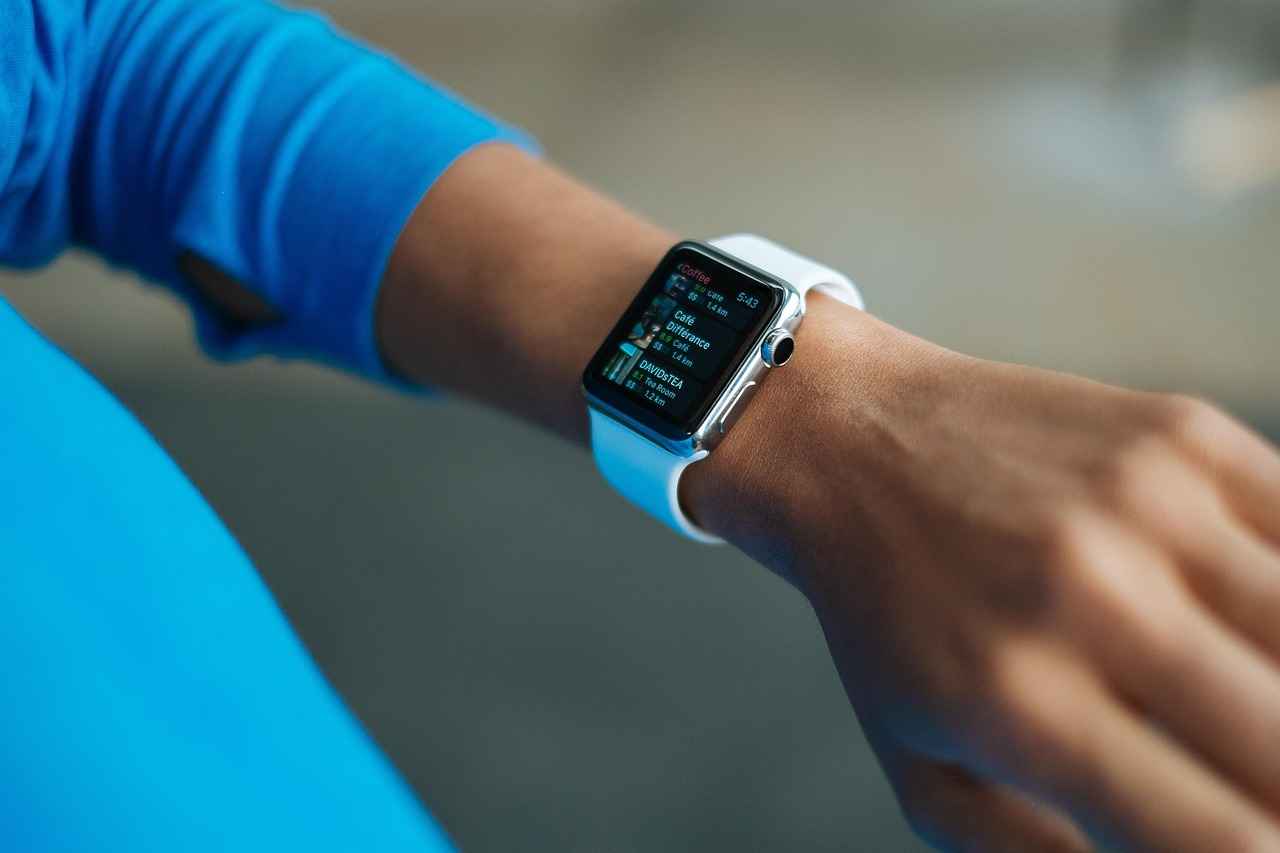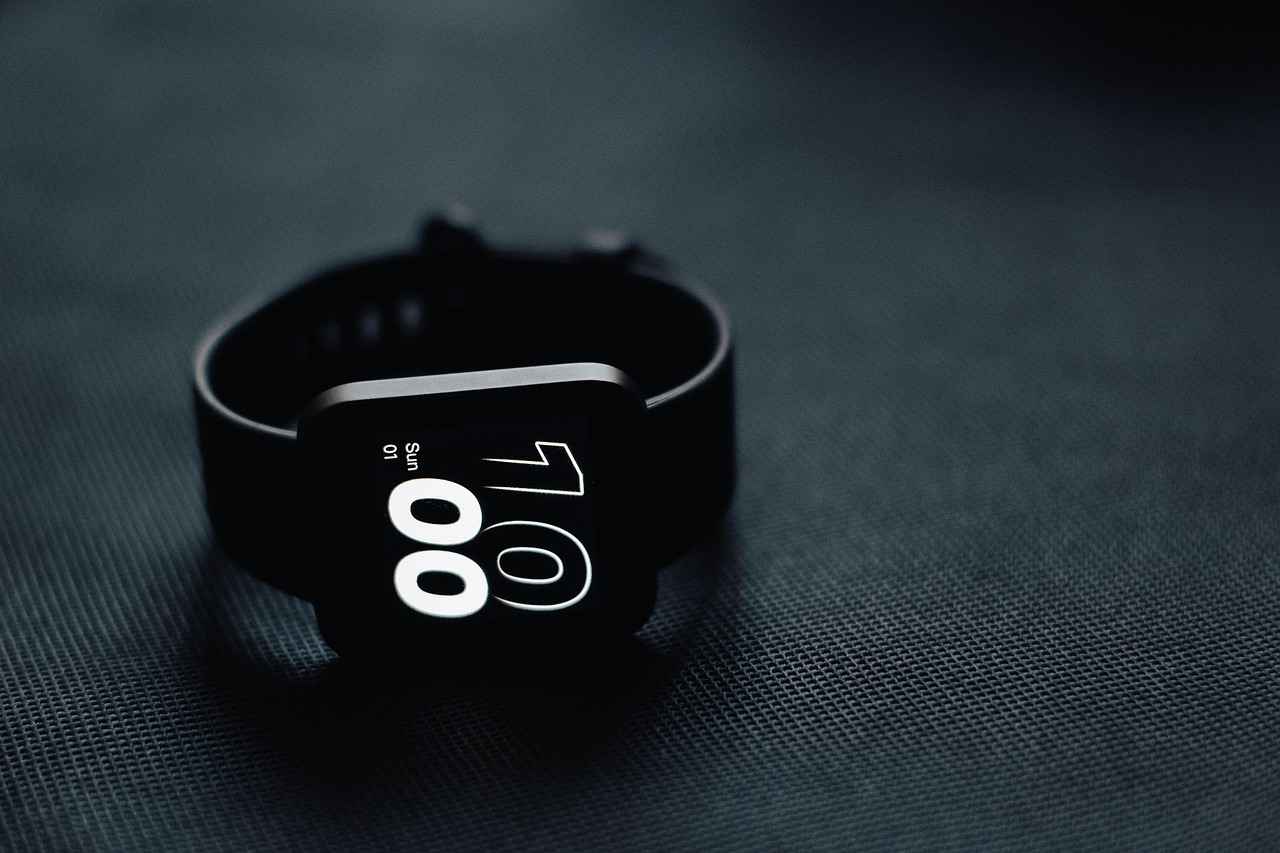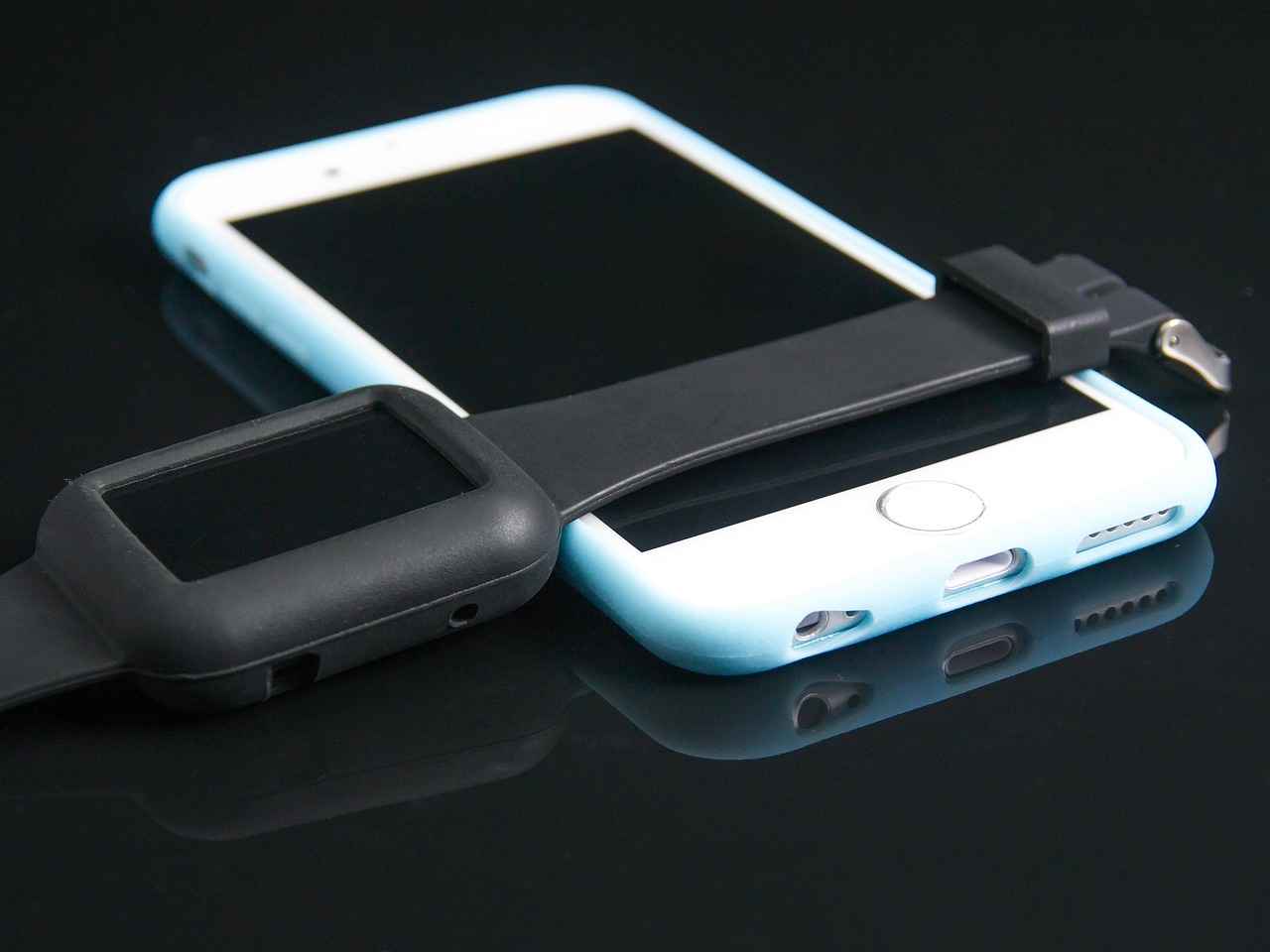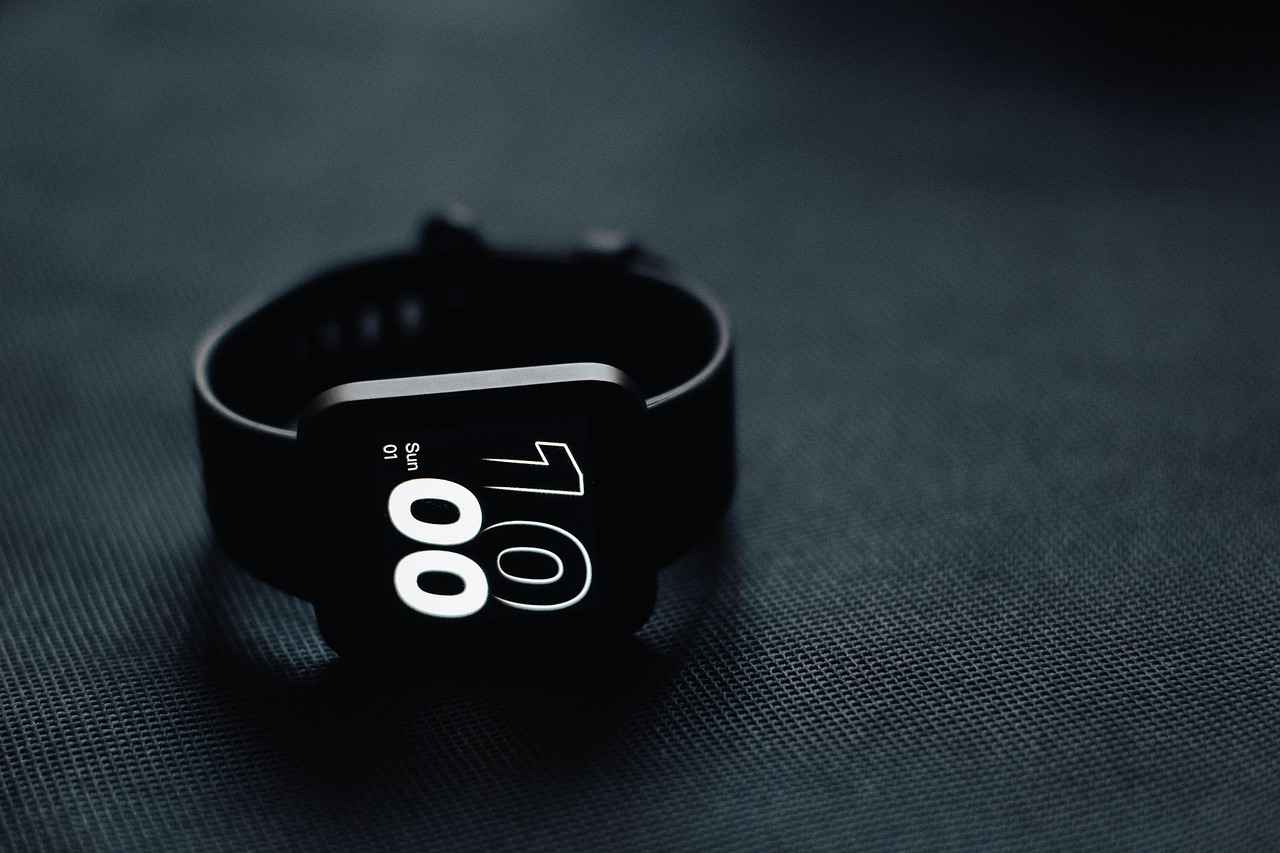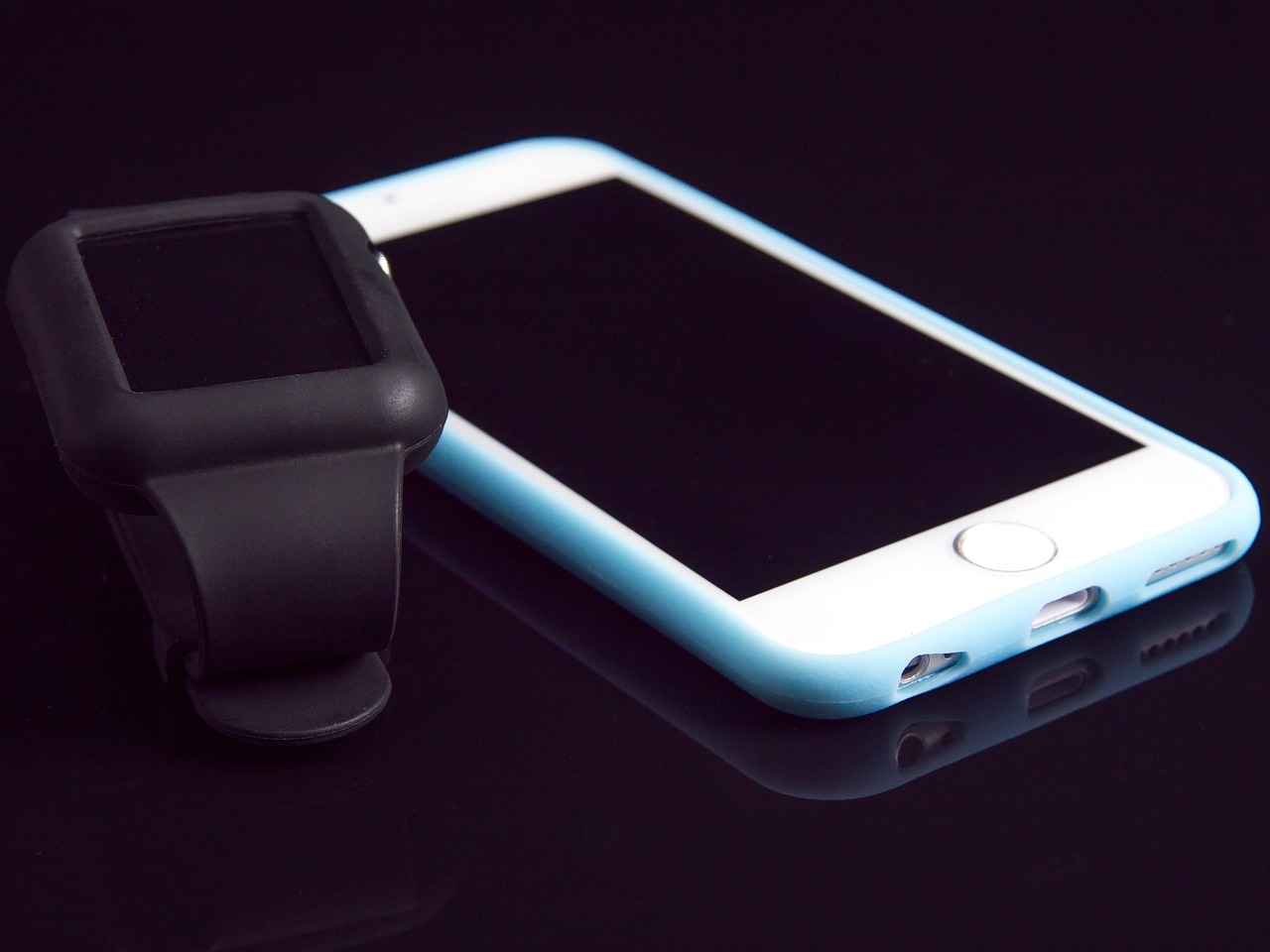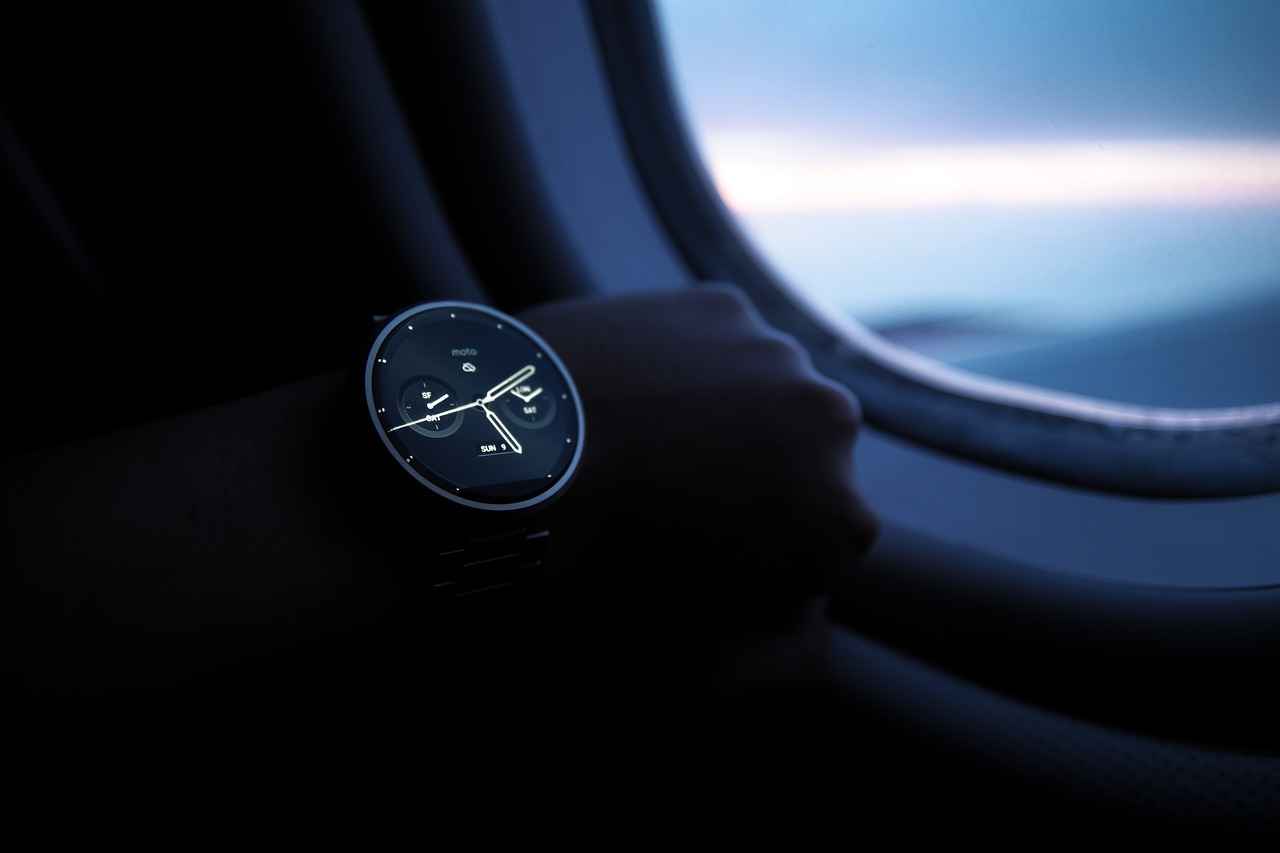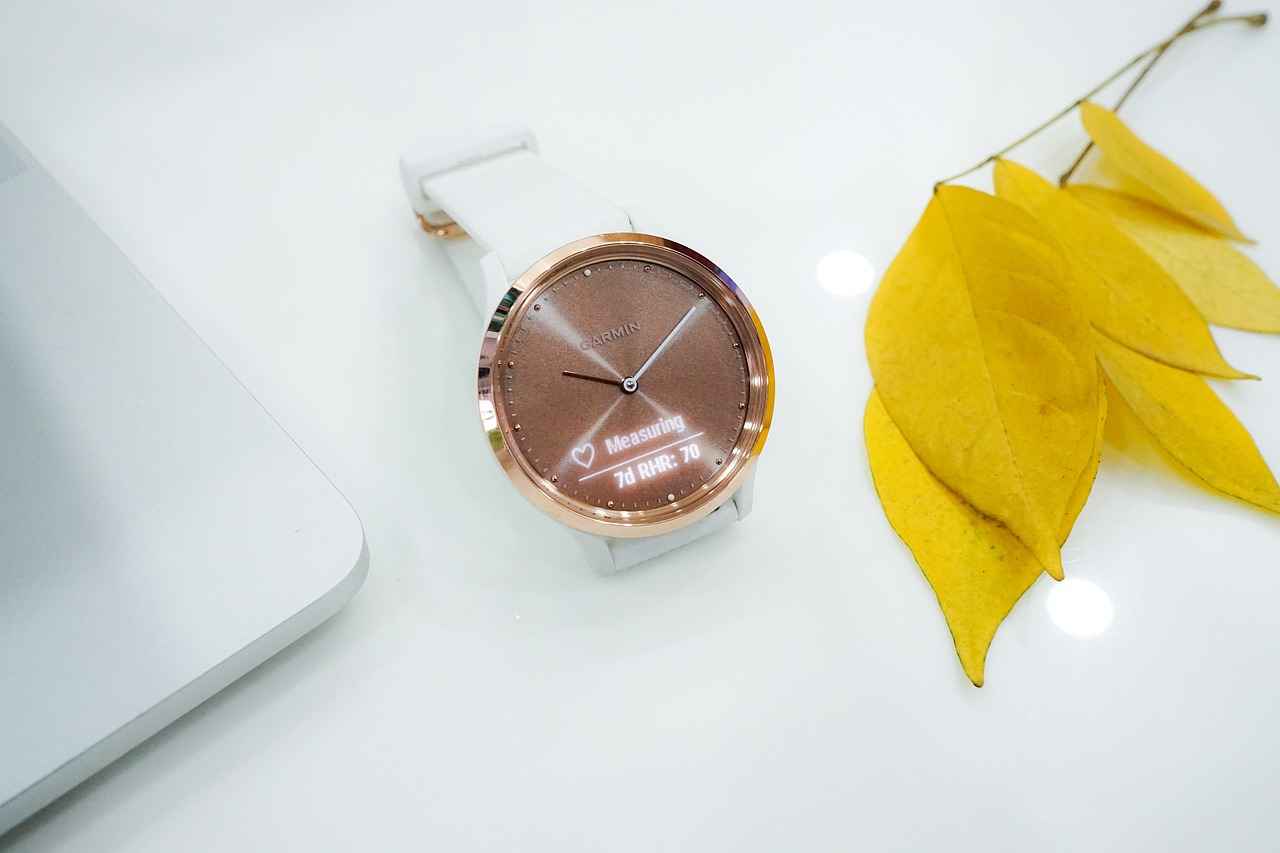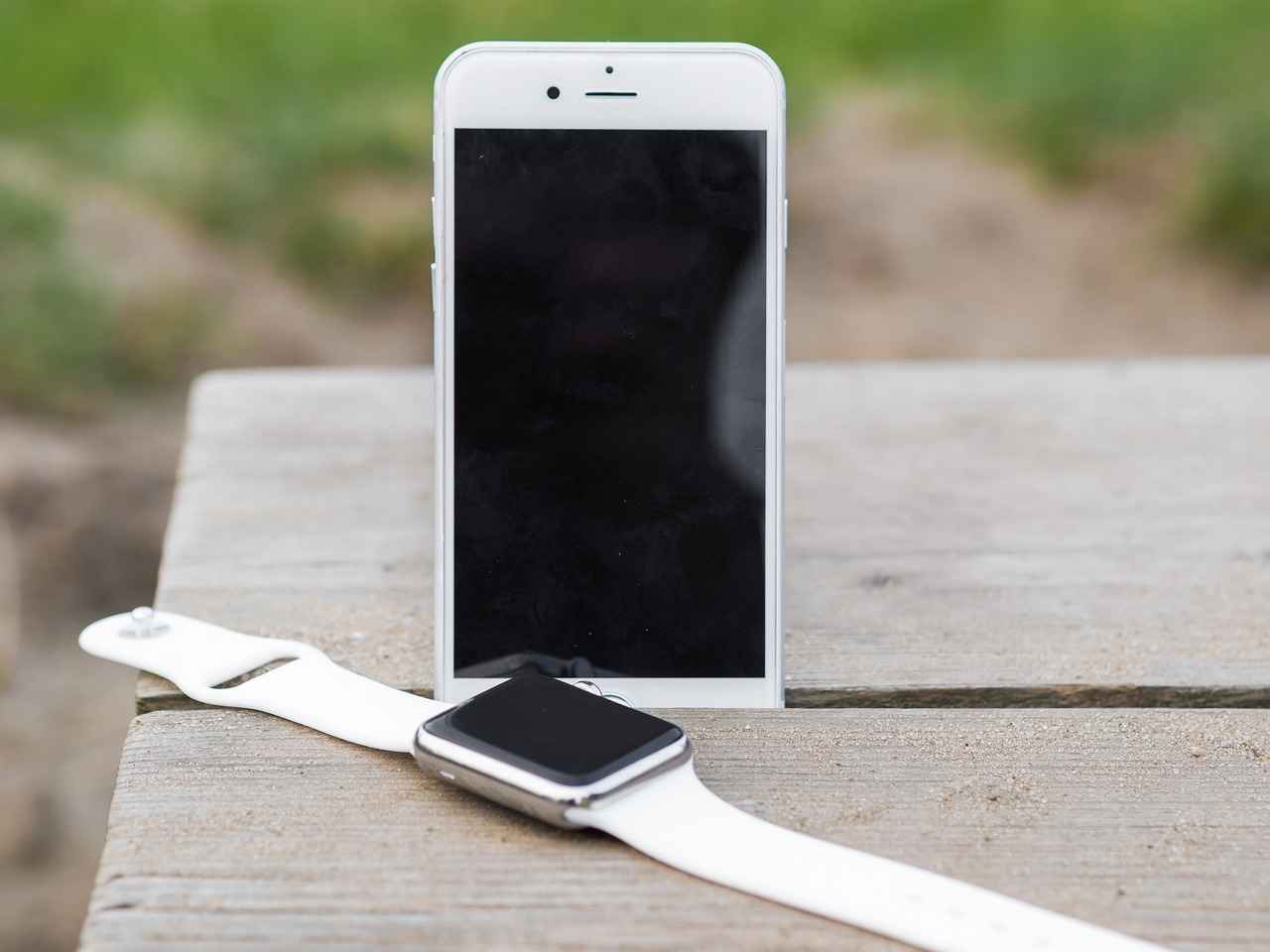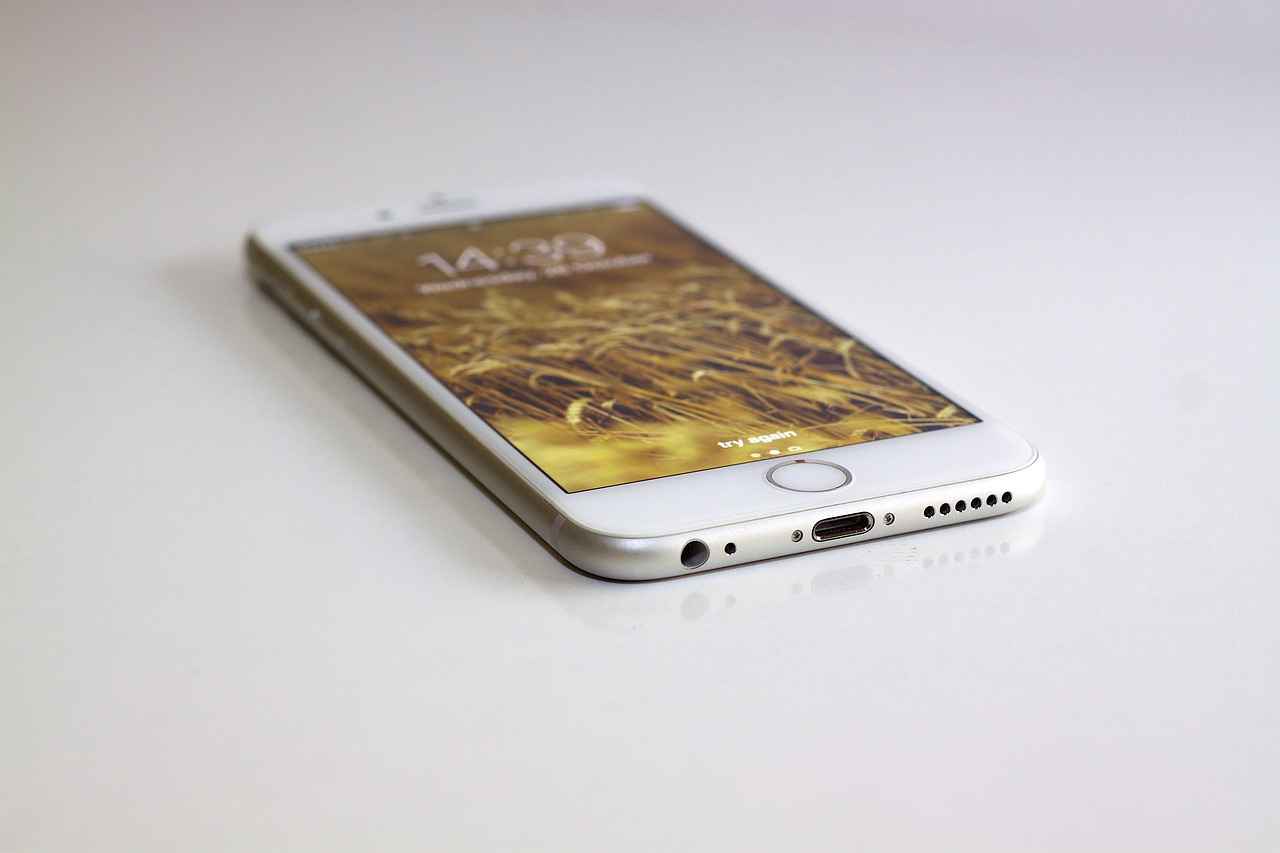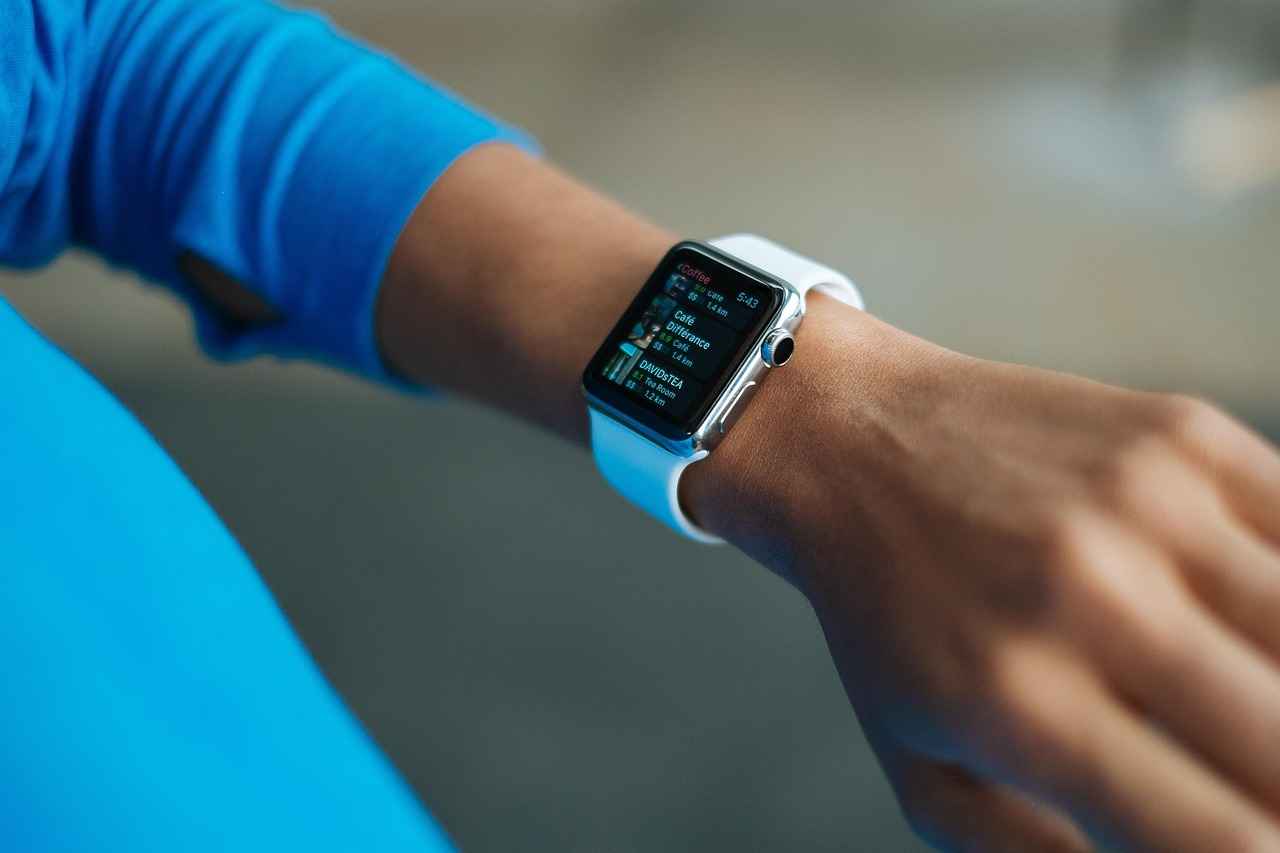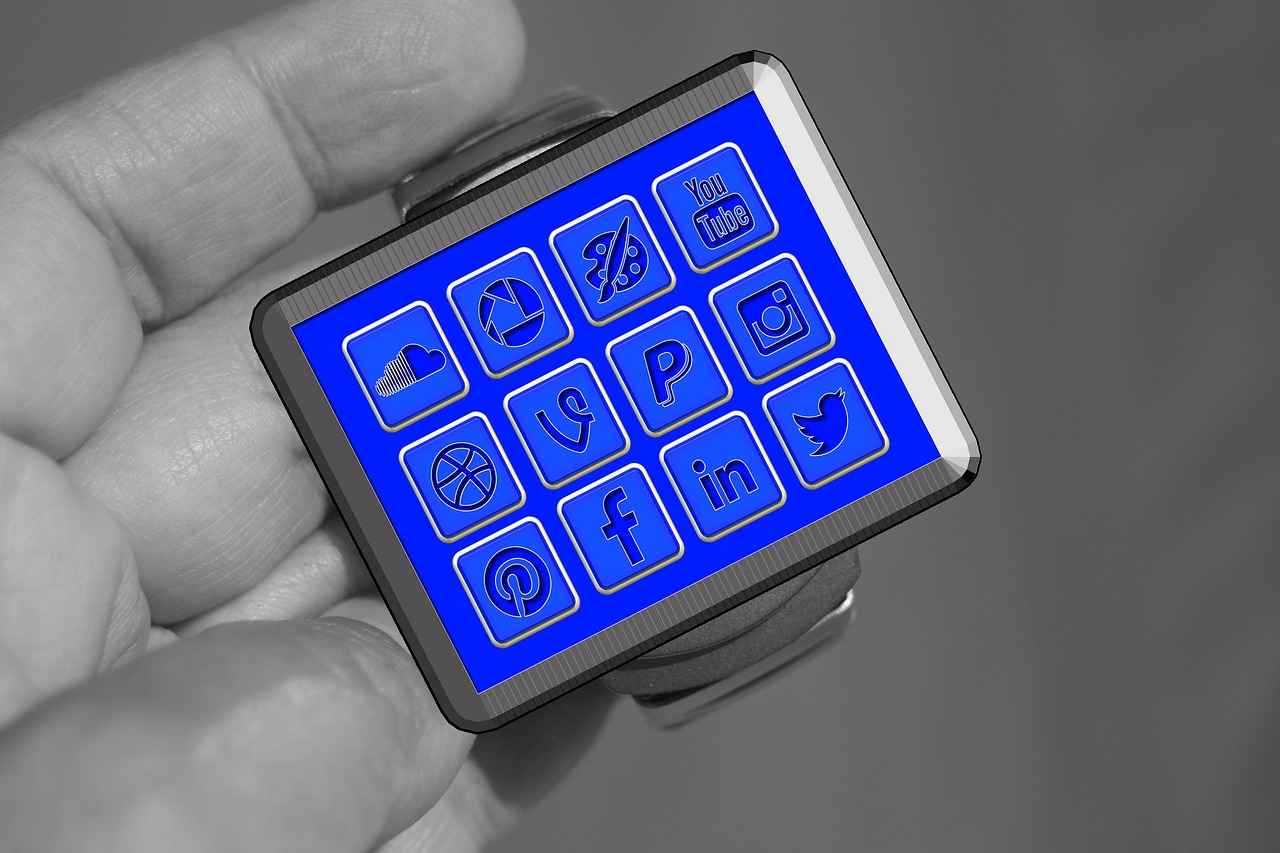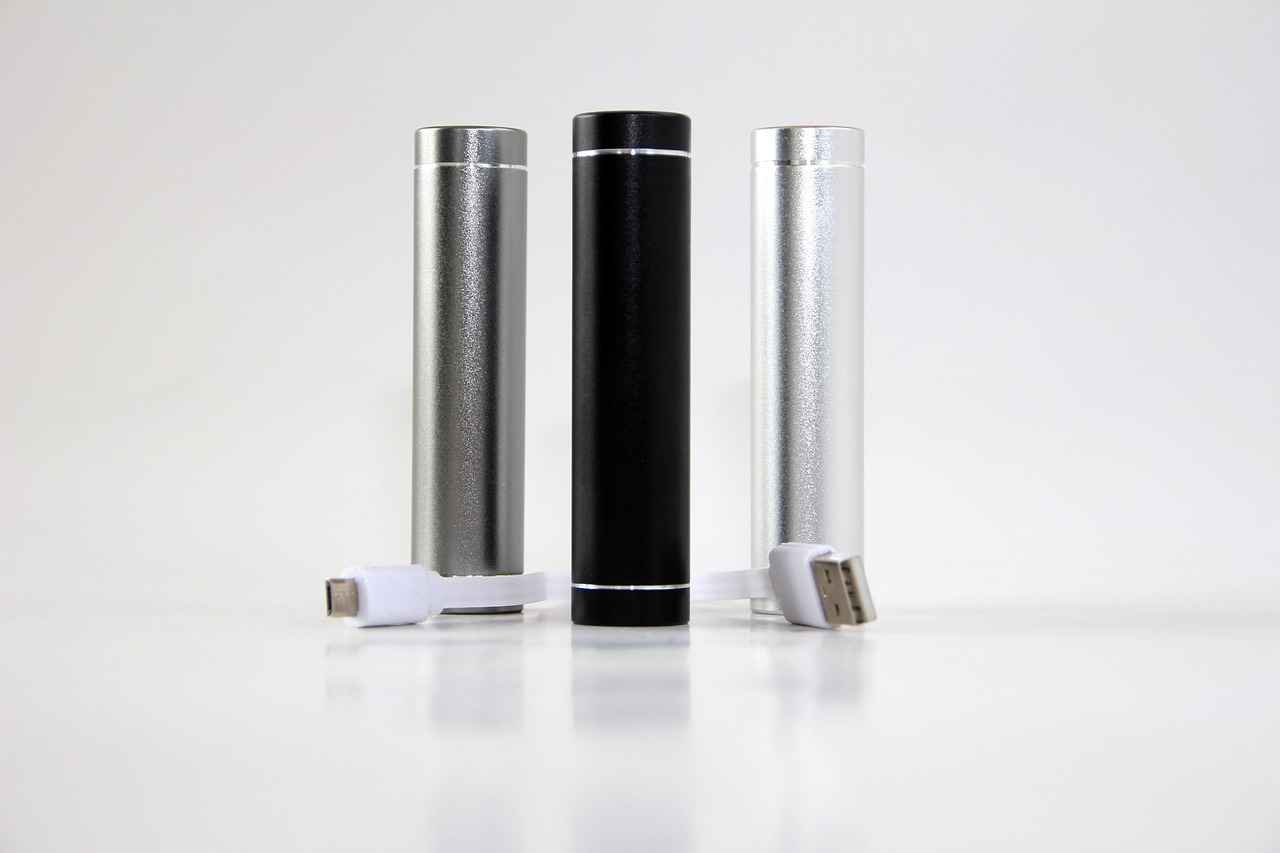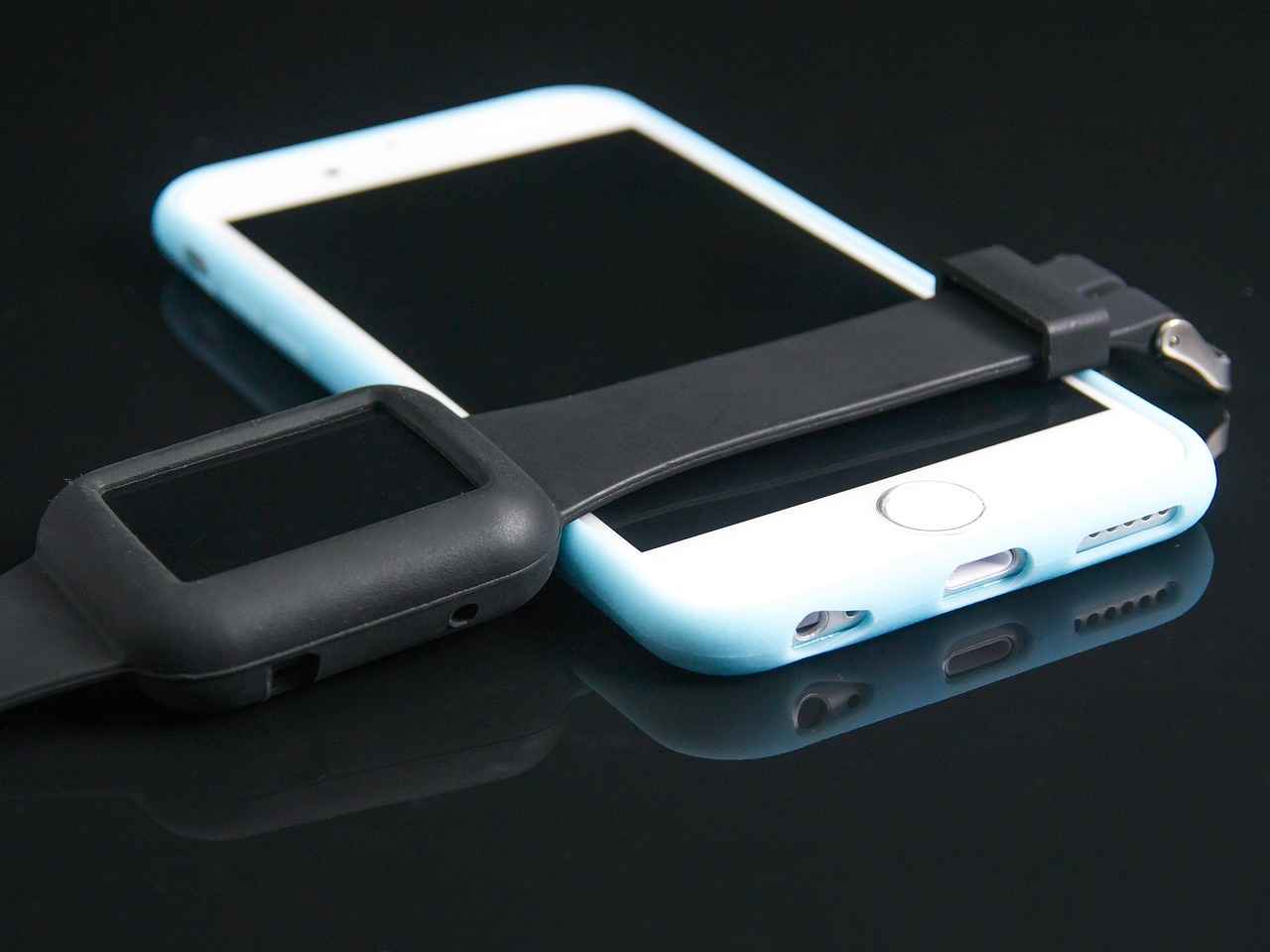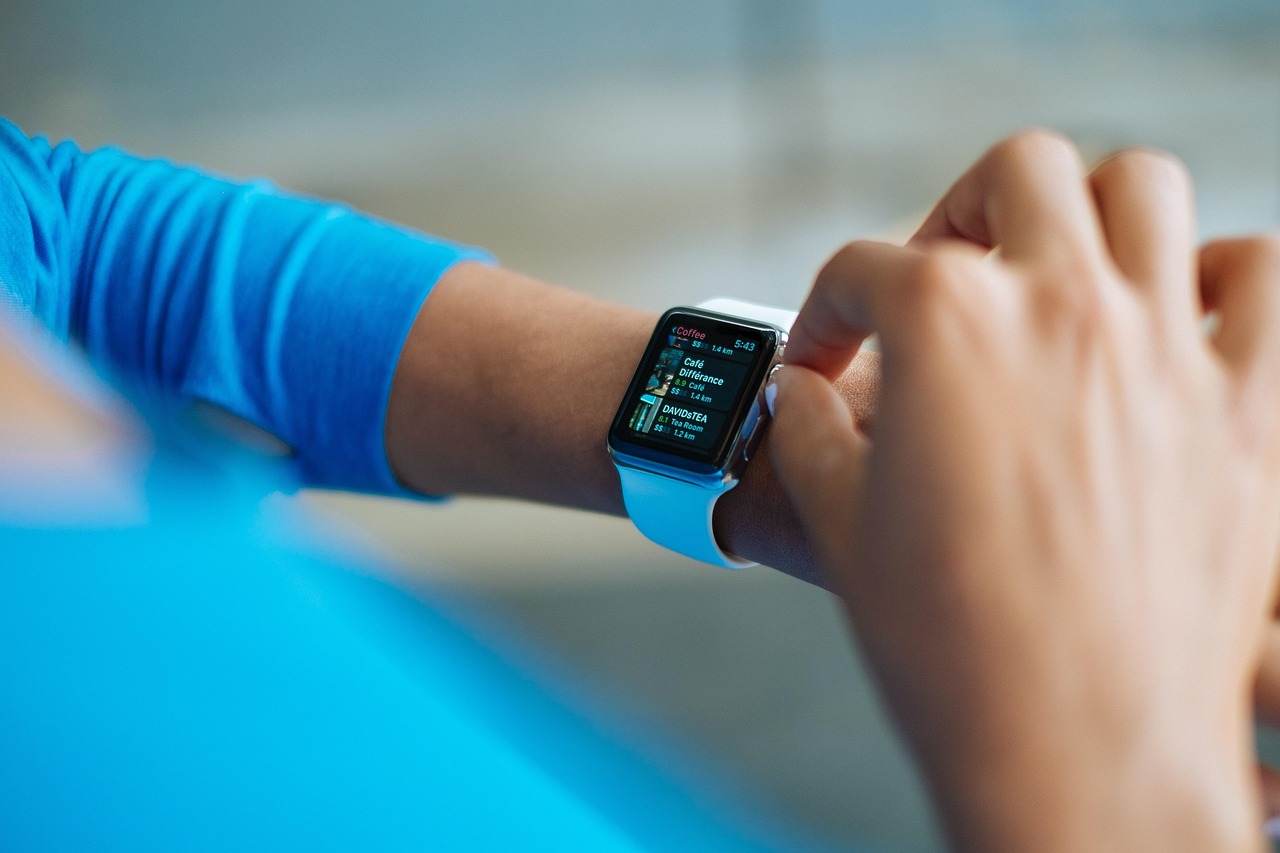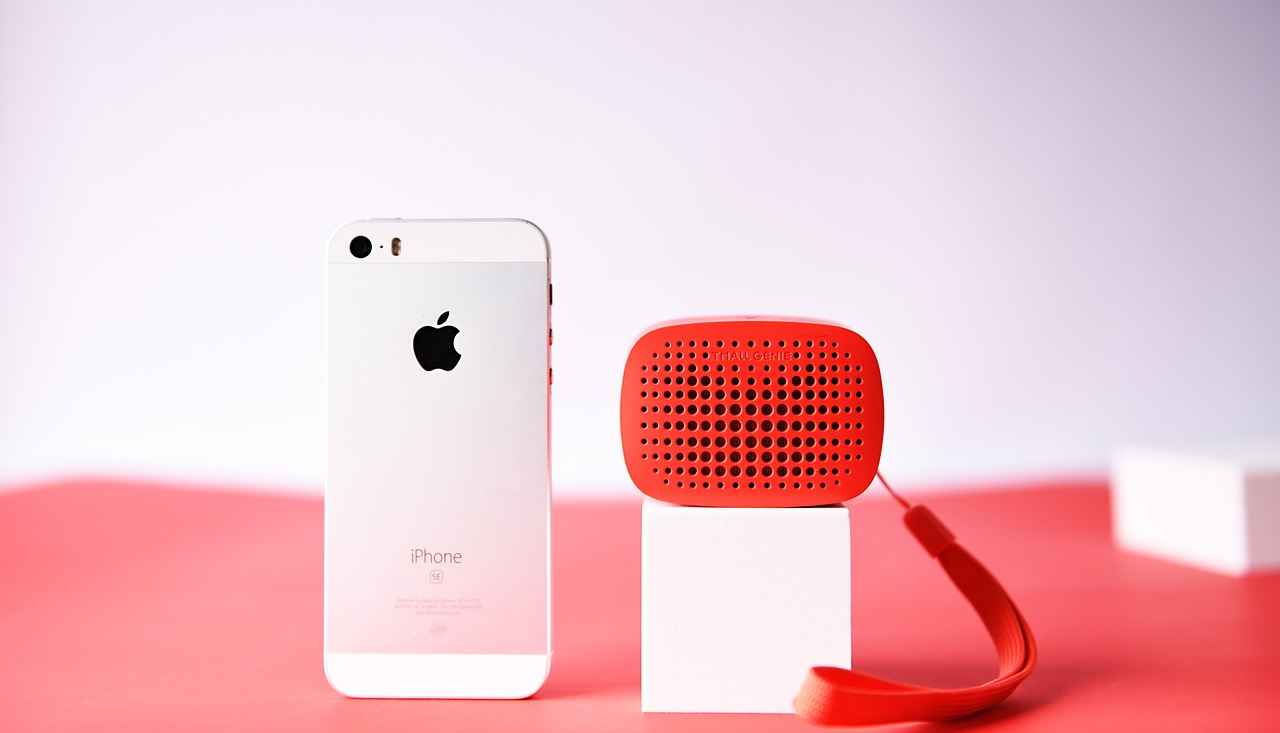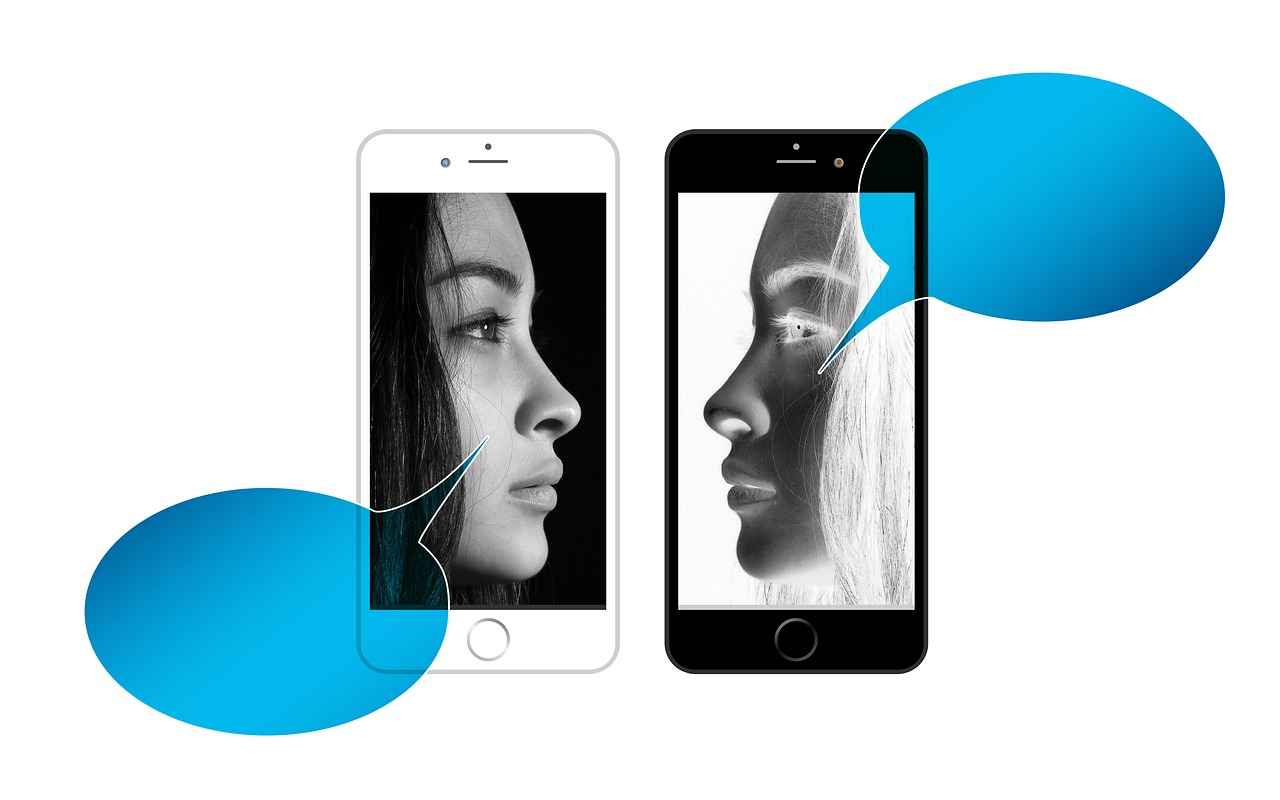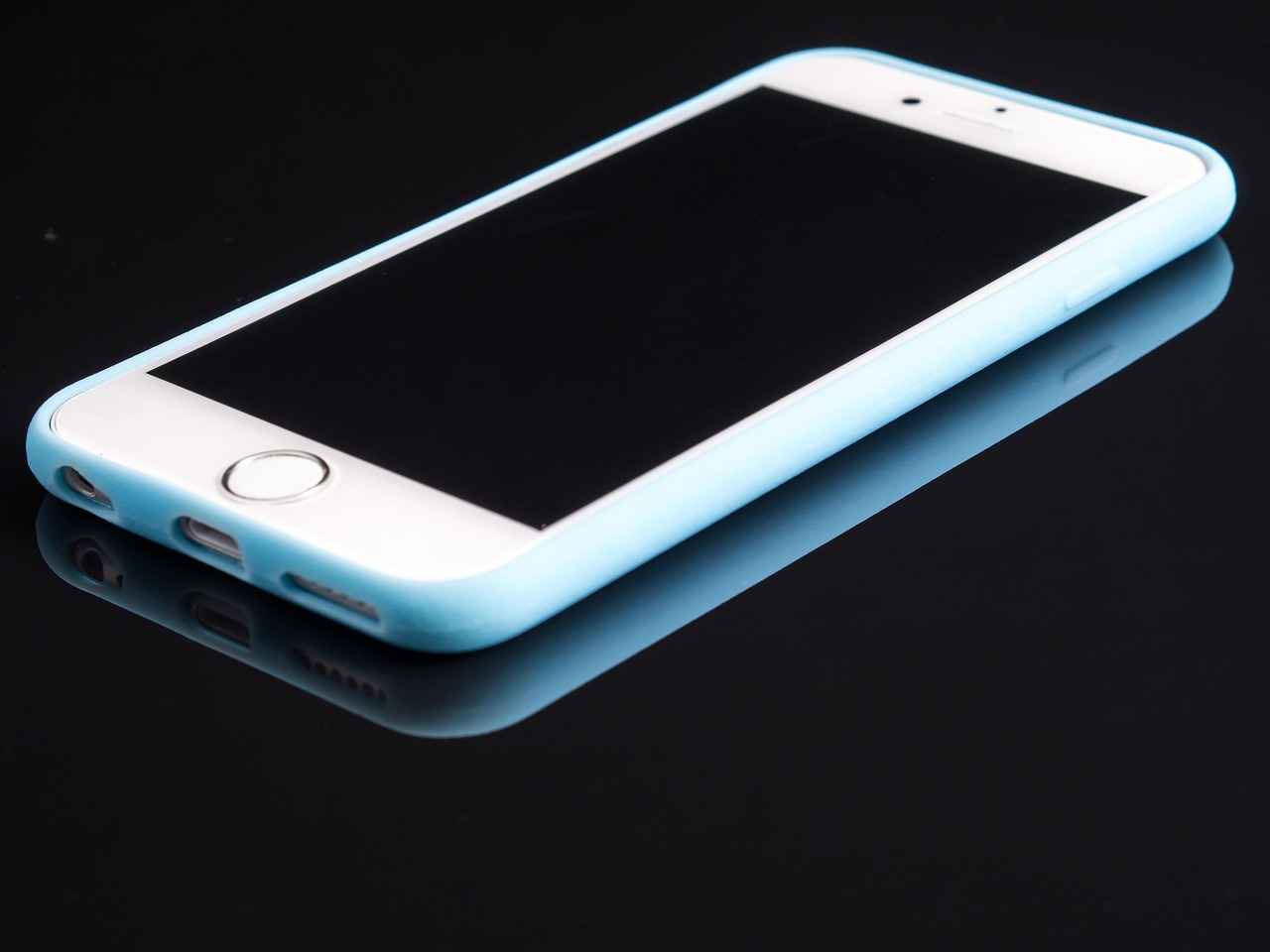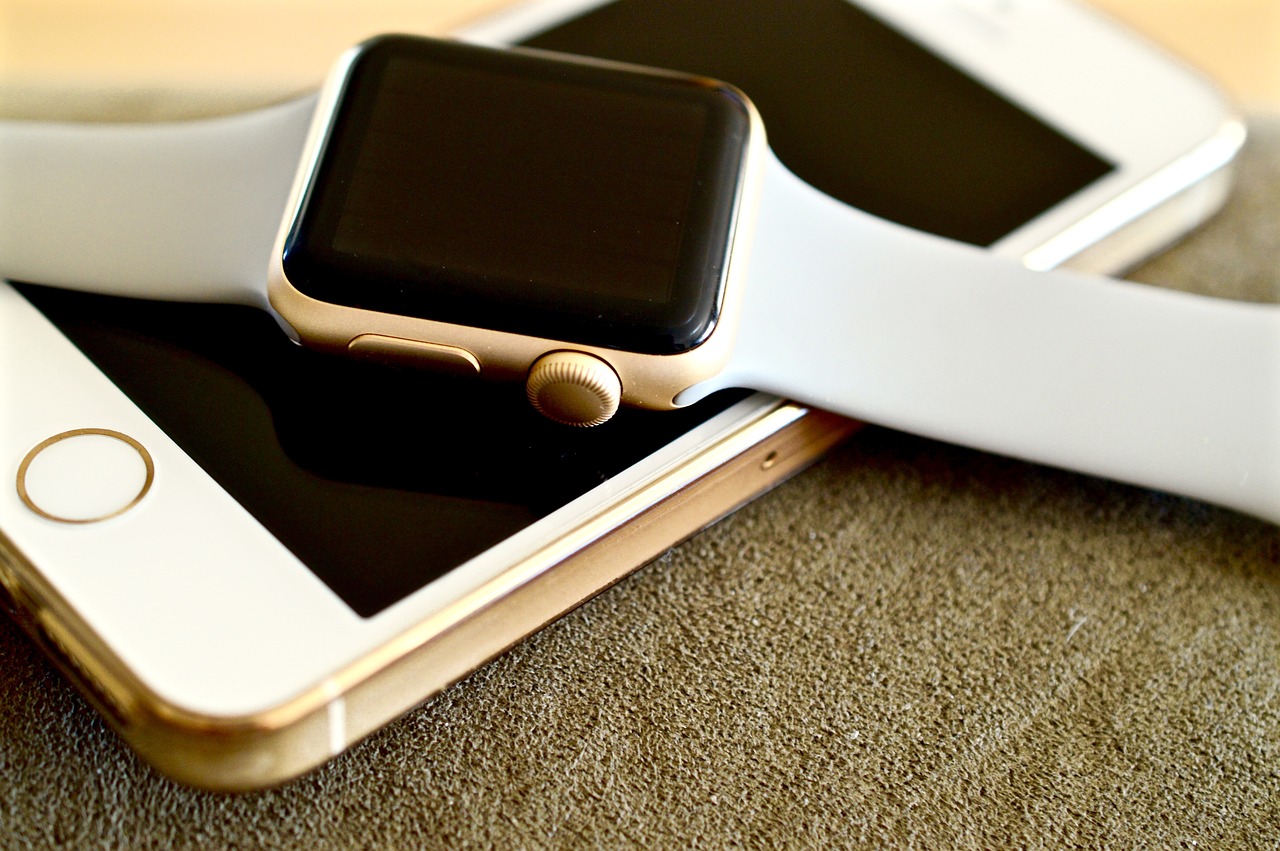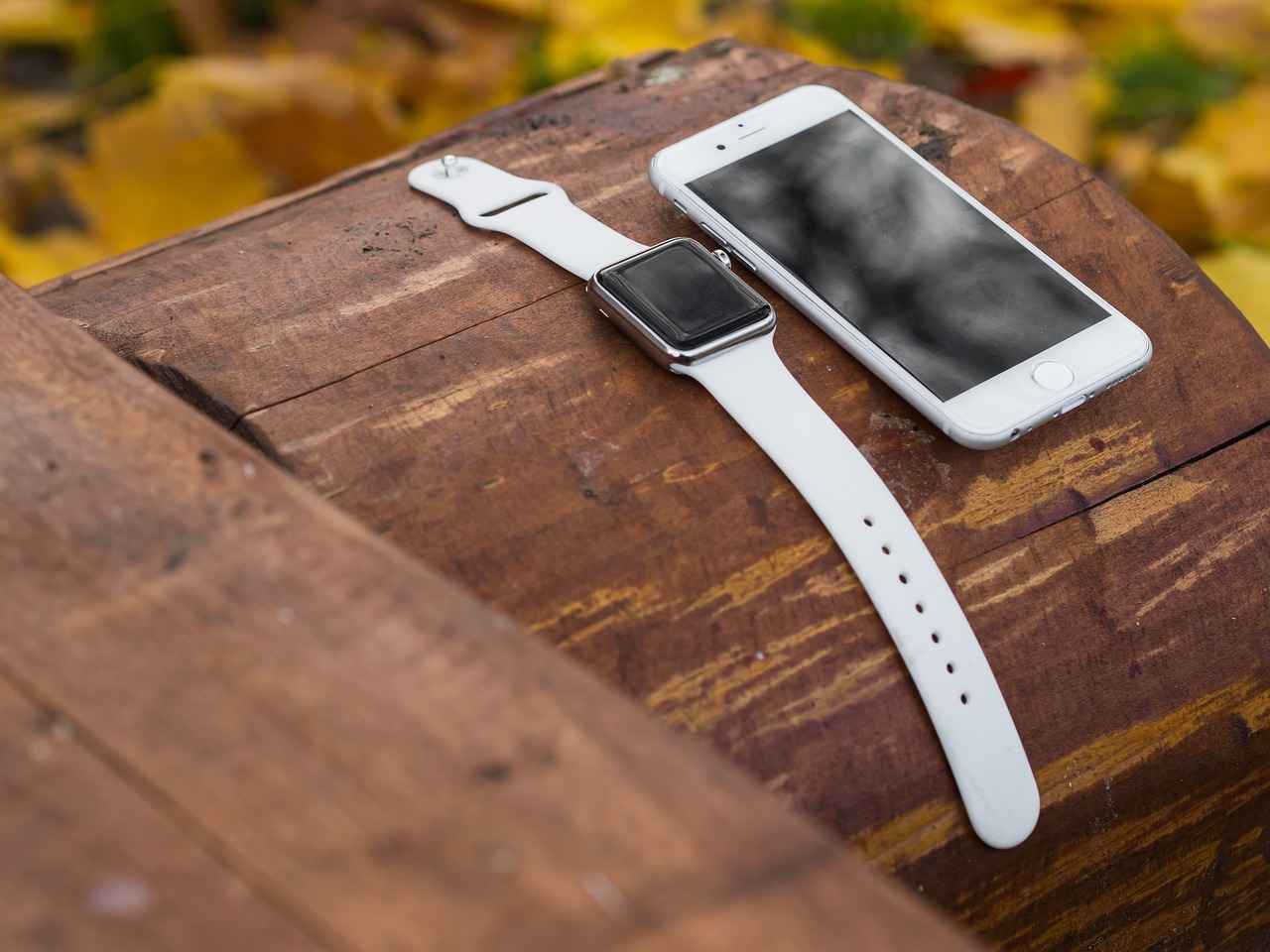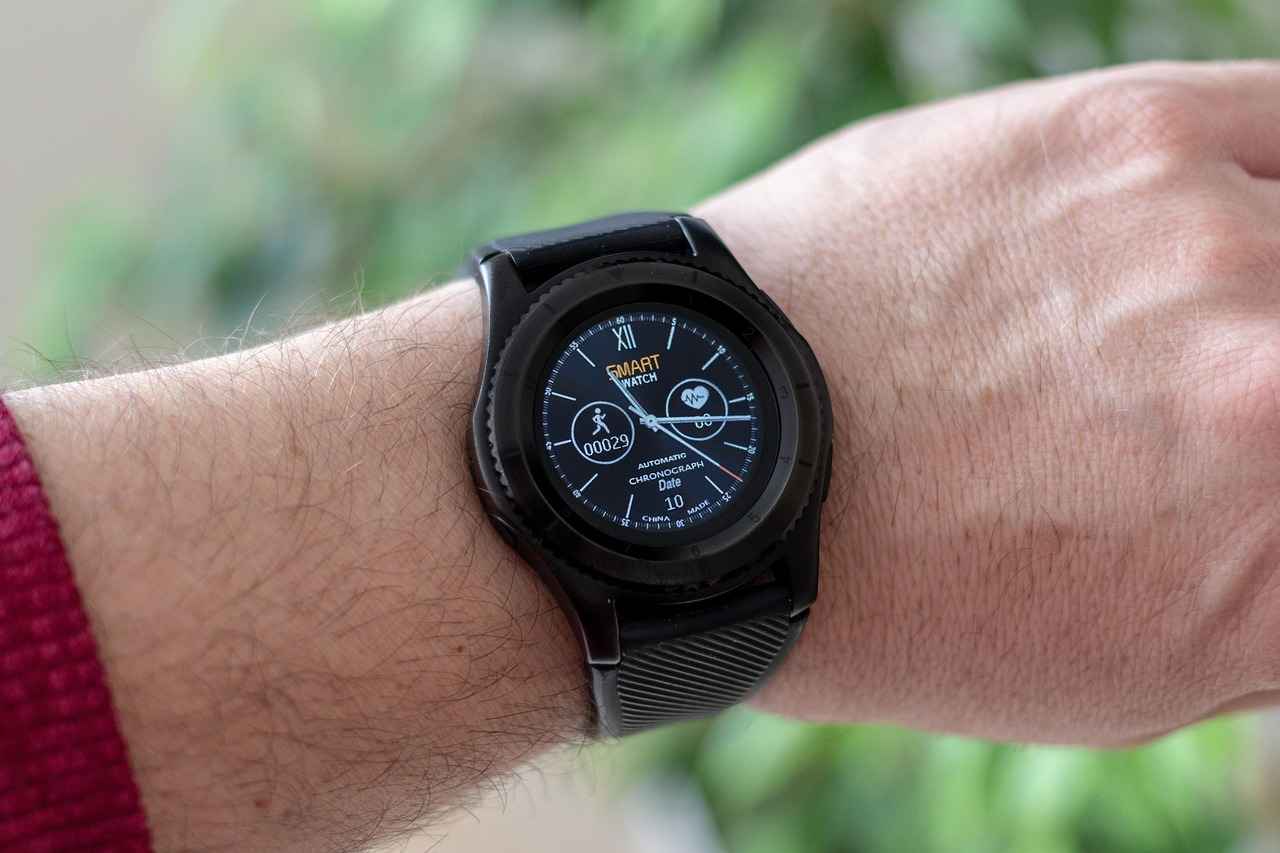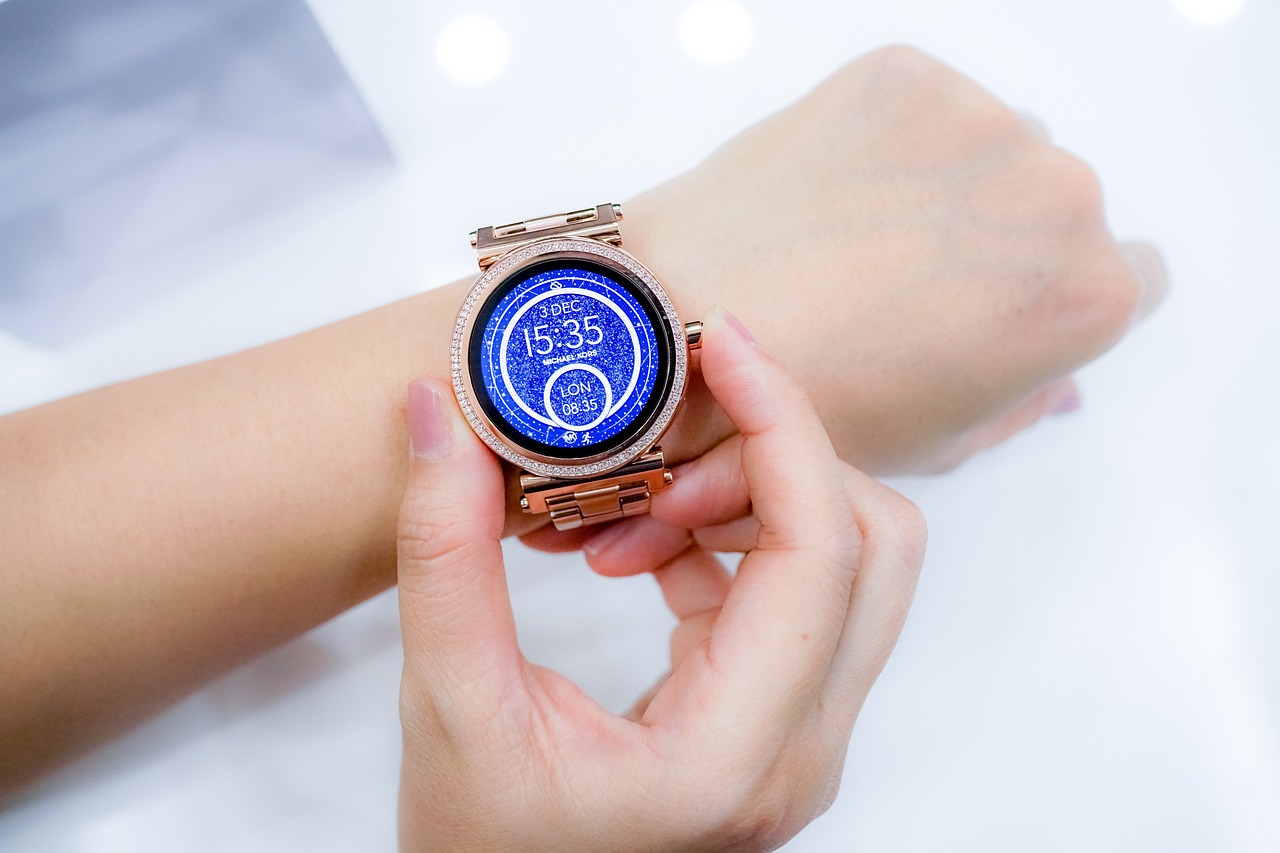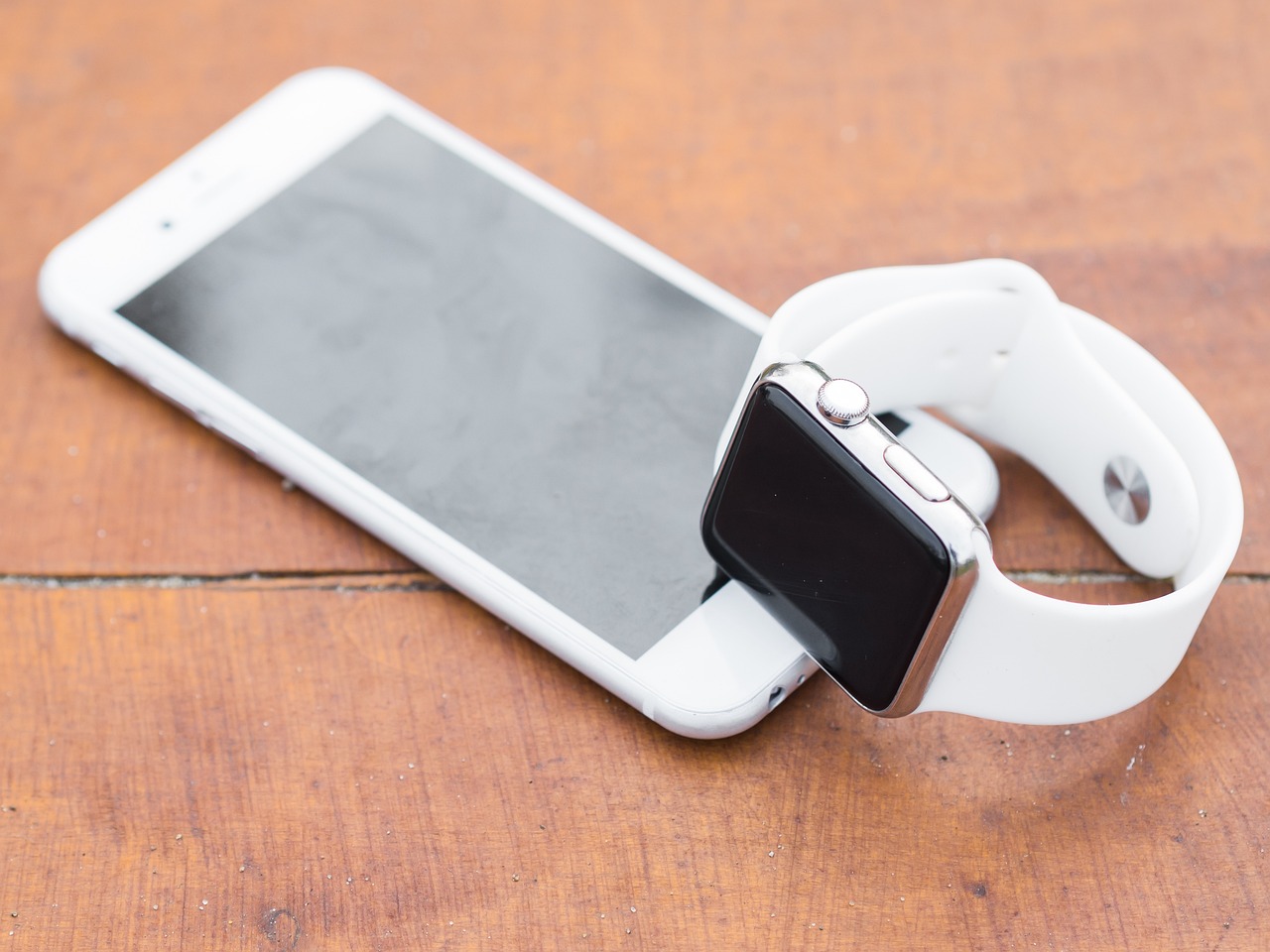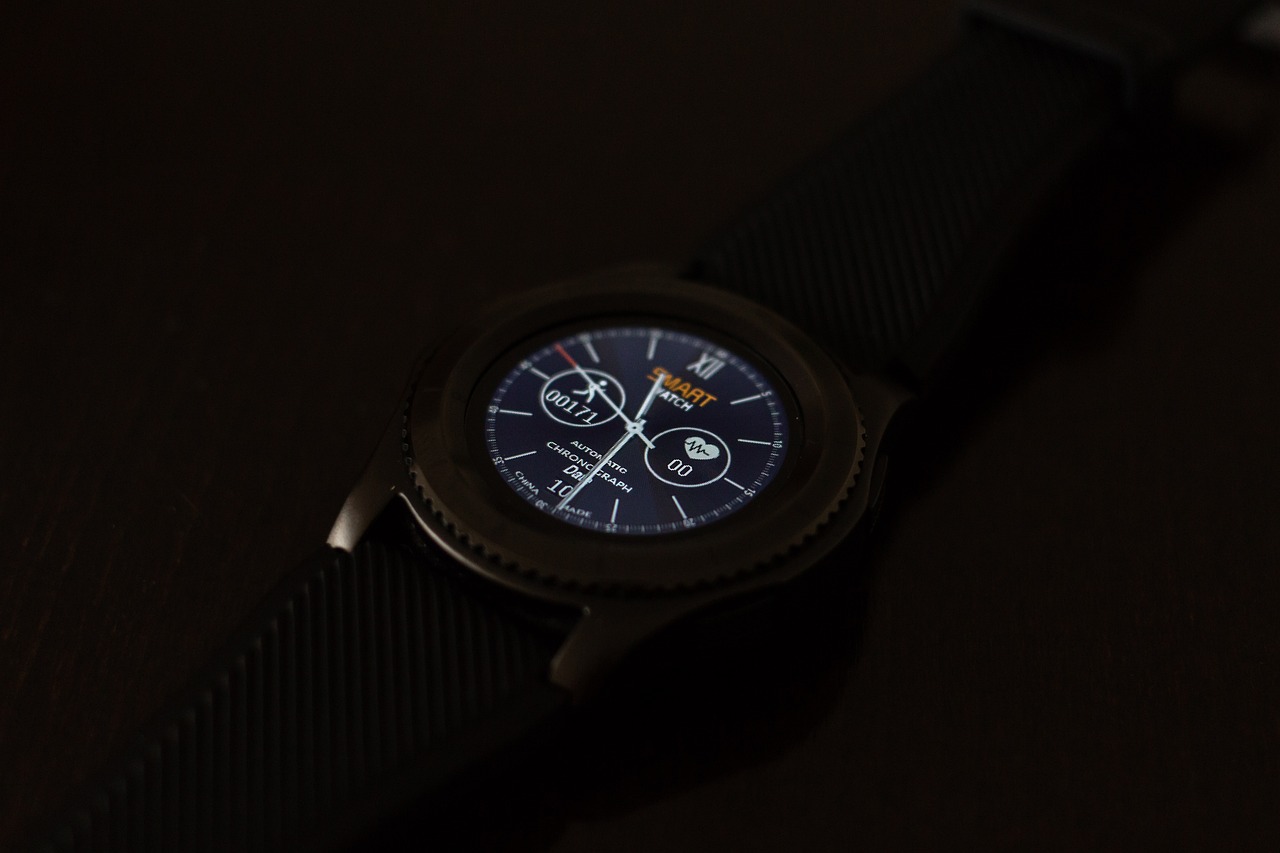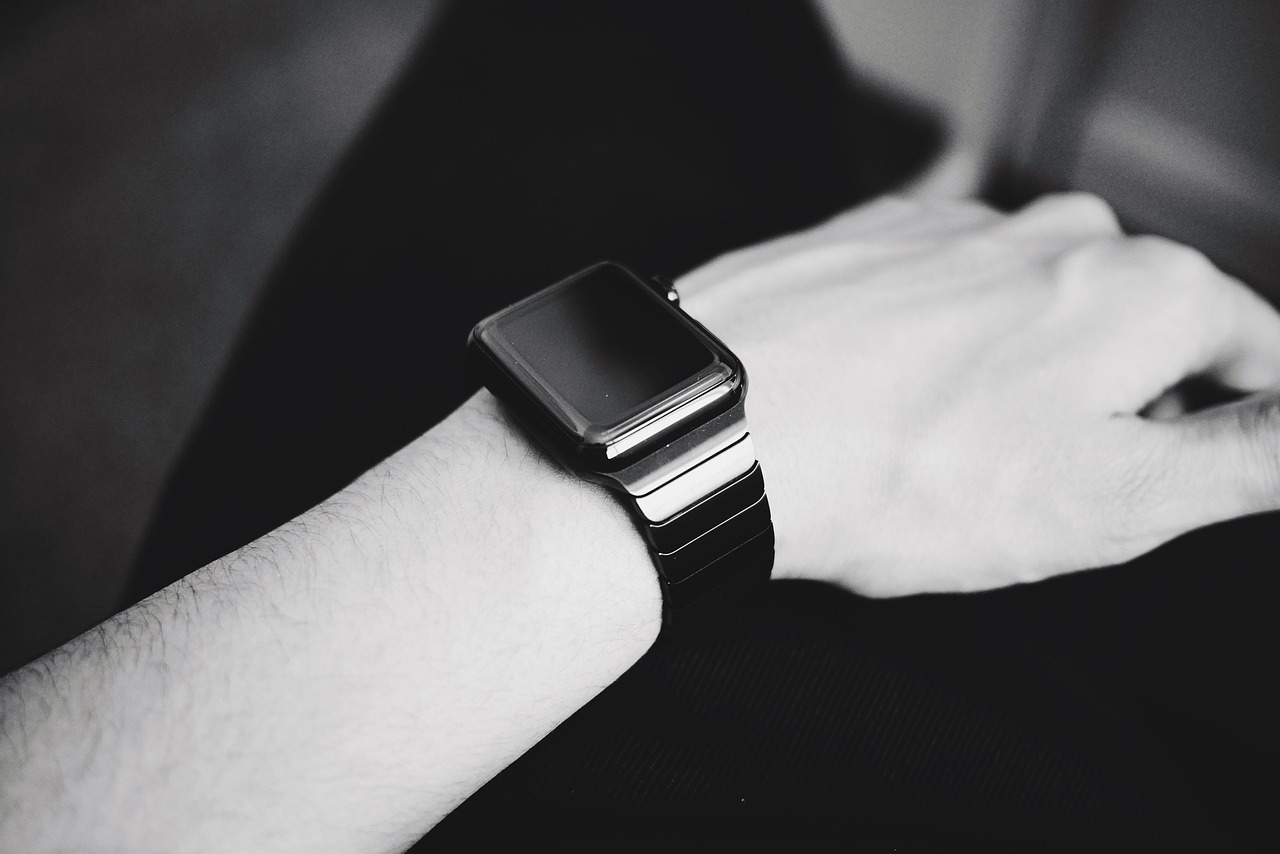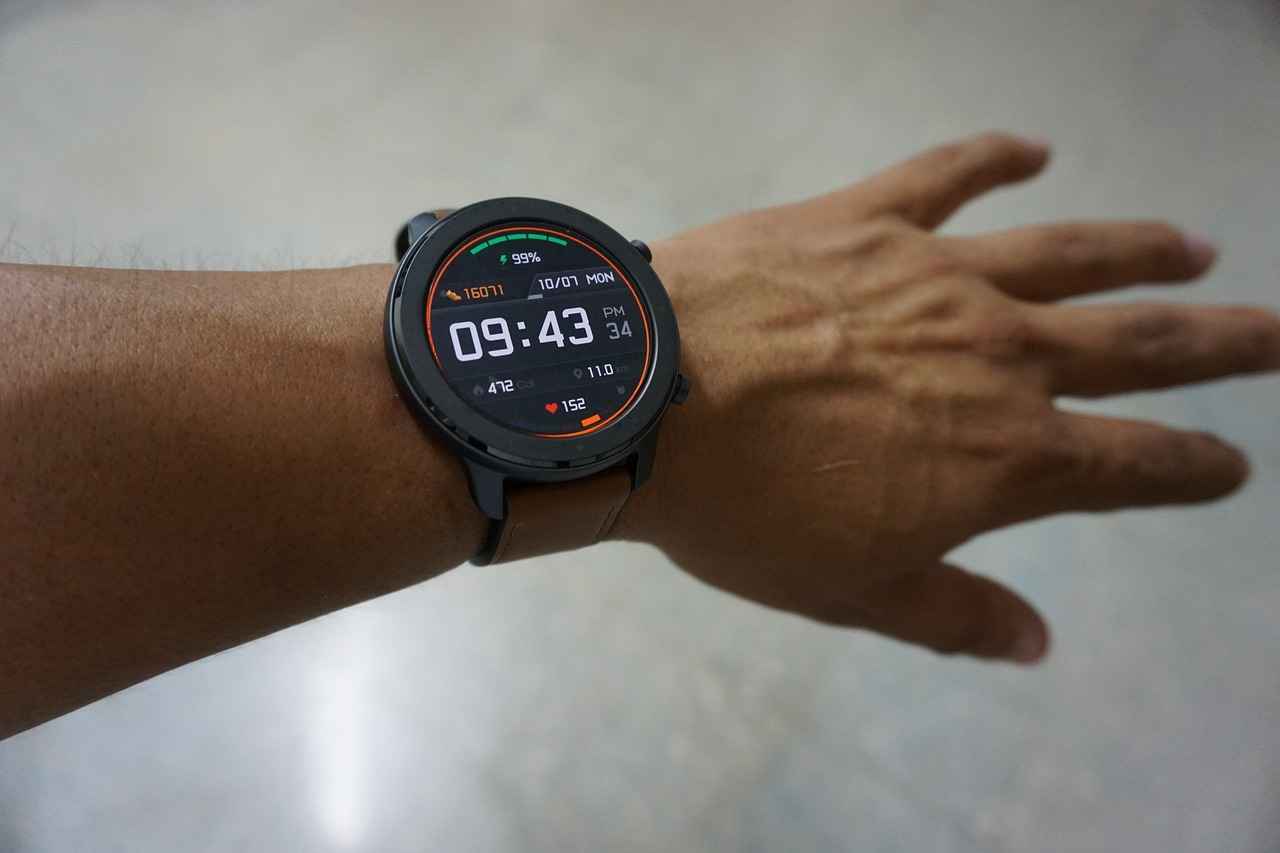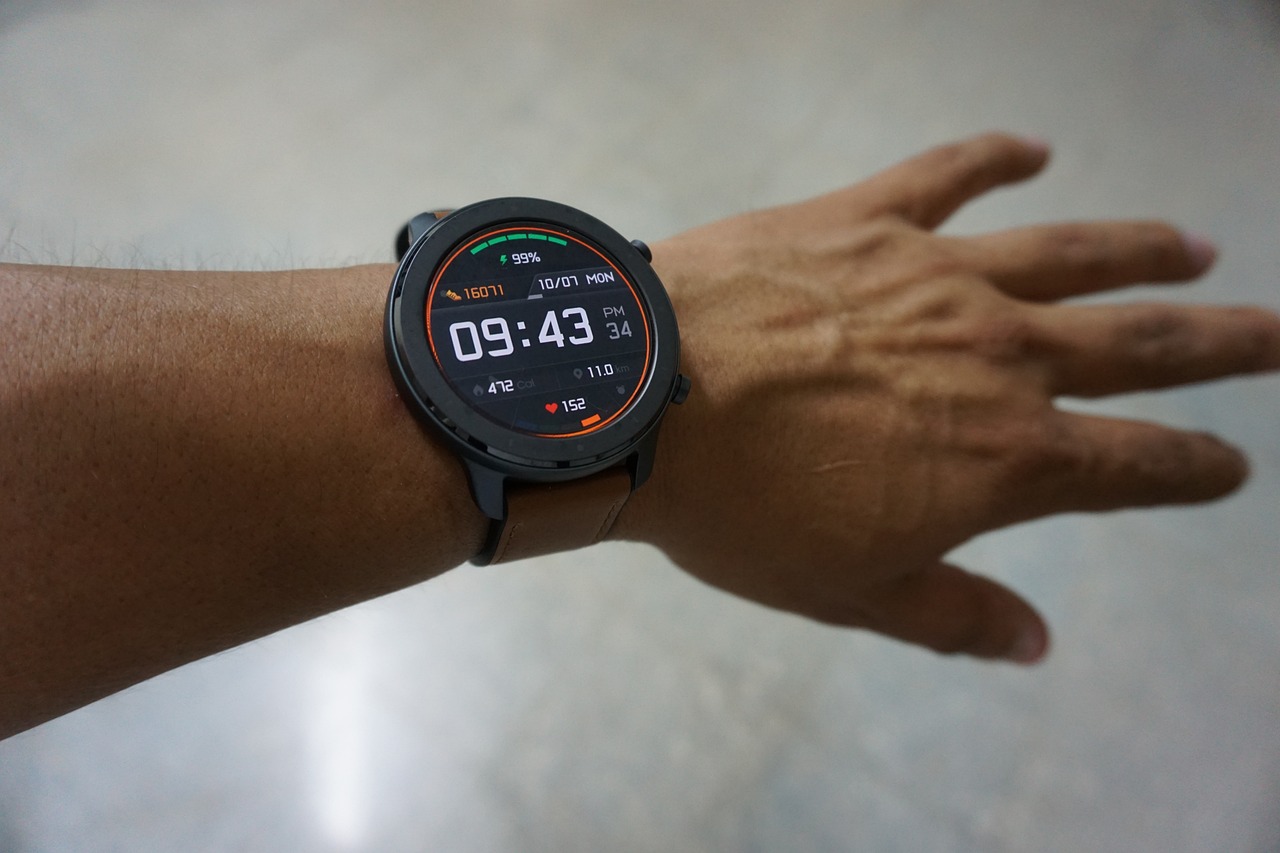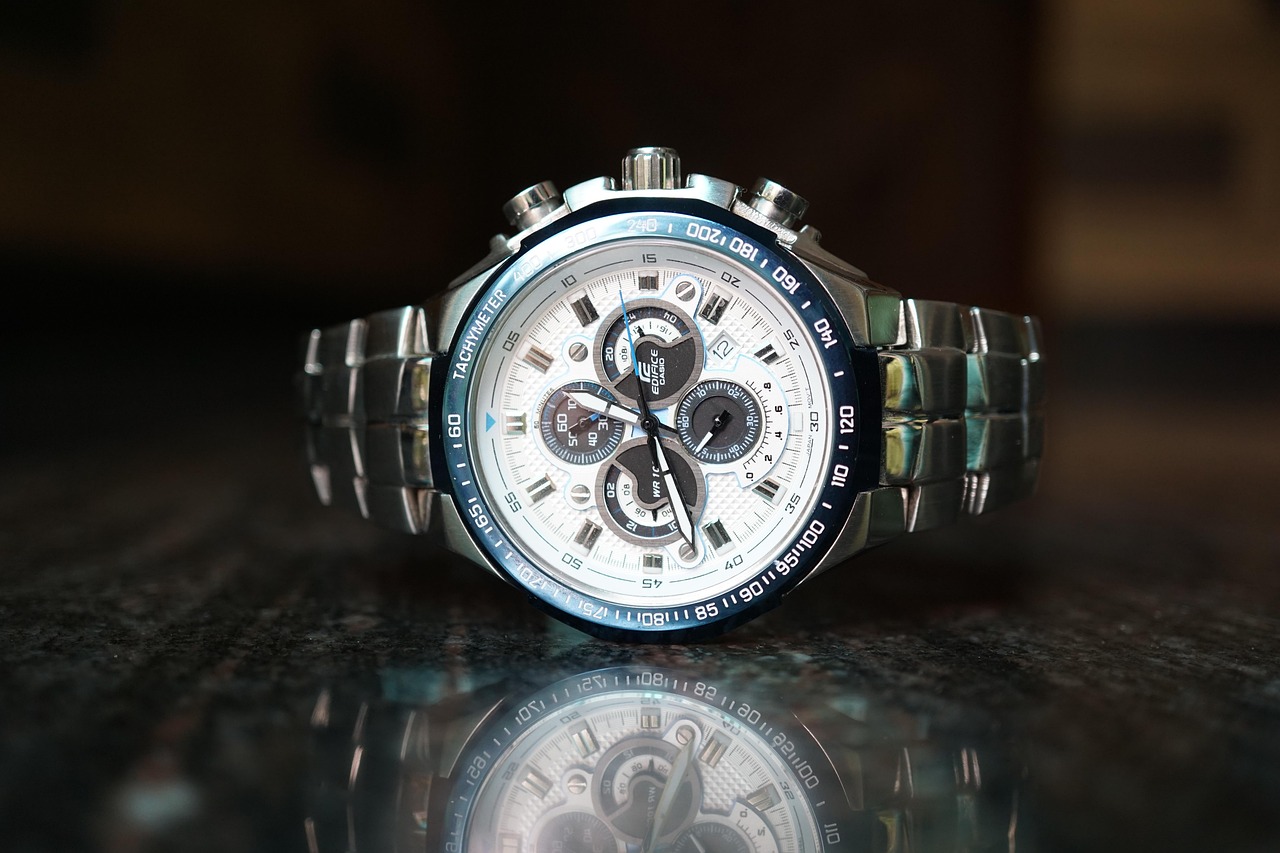This article delves into the remarkable ascent of smart watches, highlighting their innovative features, significant benefits, and the promising future of wearable technology. As we navigate through modern life, these devices have become indispensable, enhancing our daily routines and providing us with valuable insights into our health and productivity.
The Evolution of Smart Watches
Smart watches have come a long way from their origins as basic time-telling devices. Initially, they served a limited purpose, but with rapid technological advancements, they have transformed into multifunctional gadgets. This evolution has been driven by developments in mobile technology, sensor capabilities, and app ecosystems, allowing for a wide range of applications beyond mere timekeeping.
Key Features of Modern Smart Watches
- Fitness Tracking: Many smart watches are equipped with sophisticated fitness tracking features, enabling users to monitor their physical activities.
- Notifications: They provide real-time notifications from smartphones, ensuring users stay connected without pulling out their phones.
- Health Monitoring: Advanced health metrics, including heart rate and sleep tracking, are now commonplace in smart watches.
Health and Fitness Tracking Capabilities
Smart watches are particularly praised for their health and fitness tracking capabilities. Users can monitor their heart rates and analyze their sleep patterns, which are crucial for maintaining overall wellness.
Heart Rate Monitoring
This feature offers real-time insights into cardiovascular health, making it essential for fitness enthusiasts. The accuracy of heart rate monitoring in smart watches has significantly improved, providing reliable data for users to optimize their workouts.
Sleep Tracking Technology
Understanding sleep quality is vital for health. Smart watches utilize advanced sensors to track sleep patterns, offering users valuable data to enhance their rest and recovery.
Integration with Smartphones and Apps
The seamless integration of smart watches with smartphones enhances user experience. By connecting with various apps, these devices enrich daily life, making it easier to manage tasks and stay organized.
Benefits of Using Smart Watches
- Convenience: Receiving notifications directly on the wrist increases accessibility and streamlines communication.
- Enhanced Productivity: Smart watches can serve as effective productivity tools, assisting users in managing their schedules efficiently.
The Future of Smart Watch Technology
The future of smart watches looks promising as technology continues to advance. Emerging trends suggest that these devices will become even more sophisticated, integrating artificial intelligence and machine learning to enhance personalization.
Potential for Health Monitoring Innovations
Future smart watches may introduce groundbreaking health monitoring features, such as tracking blood glucose levels. These innovations could significantly impact personal wellness and healthcare, making smart watches an even more vital part of our lives.

The Evolution of Smart Watches
Smart watches have undergone a remarkable transformation over the years, evolving from basic timekeeping devices into sophisticated multifunctional gadgets that cater to a wide array of user needs. This evolution has been driven by rapid advancements in technology, which have expanded the capabilities of these devices beyond mere time display.
Initially, smart watches were simple digital timepieces that offered basic features like alarms and calendars. The first notable entry into the smart watch market was the Seiko Data 2000 in 1983, which allowed users to input data. However, it wasn’t until the advent of smartphones that smart watches began to gain traction. The introduction of the Apple Watch in 2015 marked a pivotal moment, as it integrated seamlessly with iOS devices, enabling notifications, calls, and app usage directly from the wrist.
Technological advancements have played a crucial role in shaping the modern smart watch. The integration of touchscreen technology and improved battery life has enhanced user interaction, making these devices more intuitive and user-friendly. Additionally, the incorporation of various sensors, such as GPS, heart rate monitors, and accelerometers, has allowed smart watches to provide comprehensive health and fitness tracking.
Furthermore, the rise of wearable technology has prompted manufacturers to focus on developing software ecosystems that enhance user experience. Operating systems like Wear OS and watchOS have created an environment for third-party app development, significantly expanding the functionality of smart watches.
As we look towards the future, the evolution of smart watches is expected to continue, with innovations in artificial intelligence and machine learning paving the way for more personalized and efficient user experiences. This ongoing development underscores the significance of smart watches as essential tools in our increasingly connected world.

Key Features of Modern Smart Watches
Smart watches have transformed the way we interact with technology, offering a myriad of features that cater to our daily needs. Key functionalities not only enhance convenience but also promote a healthier lifestyle. Below, we explore the essential features that define modern smart watches and their appeal to consumers.
- Fitness Tracking: One of the most sought-after features, fitness tracking capabilities allow users to monitor their physical activities. From counting steps to tracking calories burned, smart watches provide valuable insights that motivate users to stay active.
- Health Monitoring: Advanced health monitoring features include heart rate tracking, blood oxygen levels, and ECG capabilities. These features empower users to keep a close eye on their well-being, making it easier to detect potential health issues early.
- Notifications: Staying connected has never been easier. Smart watches provide real-time notifications for calls, messages, and social media alerts directly on your wrist, ensuring you never miss important updates.
- GPS and Navigation: Integrated GPS functionality allows users to track their outdoor activities accurately. Whether jogging in the park or hiking a trail, smart watches can guide users with turn-by-turn navigation.
- Customization and Apps: The ability to customize watch faces and download various apps enhances user experience. From weather updates to music control, smart watches can be tailored to fit individual preferences.
- Long Battery Life: Many modern smart watches boast impressive battery life, allowing users to enjoy all functionalities without the constant need for recharging. This convenience is a significant factor in their growing popularity.
These features collectively contribute to the rising demand for smart watches, making them an integral part of modern living. As technology continues to evolve, we can expect even more innovative functionalities that will further enhance our daily lives.
Health and Fitness Tracking Capabilities
In today’s fast-paced world, in smart watches have become essential tools for individuals striving to improve their overall well-being. These devices not only serve as timekeepers but also as sophisticated health monitors that provide invaluable insights into various aspects of a user’s health.
One of the primary features that users benefit from is heart rate monitoring. This functionality allows individuals to track their heart rate in real-time, offering critical data that can inform workout intensity and overall cardiovascular health. By consistently monitoring heart rates during different activities, users can tailor their exercise routines to optimize performance and ensure they are training within their ideal heart rate zones.
Moreover, many smart watches utilize advanced sensors to deliver accurate sleep tracking. Understanding sleep patterns is vital for maintaining energy levels and promoting recovery. Smart watches can analyze sleep cycles, including REM and deep sleep phases, providing users with detailed reports on their sleep quality. This information empowers users to make informed decisions about their bedtime routines and overall sleep hygiene.
Additionally, these devices often come equipped with features that promote activity tracking. Users can set fitness goals, monitor daily steps, and receive reminders to stay active throughout the day. This gamification of fitness encourages users to engage in physical activity, making it easier to achieve their health objectives.
Furthermore, many smart watches integrate with mobile applications, allowing users to track their nutrition, hydration, and other health metrics in one place. This holistic approach to health and fitness management fosters a more comprehensive understanding of one’s lifestyle choices and their impact on well-being.
In summary, the health and fitness tracking capabilities of smart watches are revolutionizing how individuals approach their wellness journeys. By providing real-time data and insights, these devices empower users to take control of their health and achieve their fitness goals more effectively.
Heart Rate Monitoring
has emerged as a pivotal feature in modern smart watches, offering users invaluable insights into their cardiovascular health. This capability not only enhances fitness tracking but also plays a significant role in overall well-being. The accuracy of heart rate sensors has improved remarkably, allowing users to receive real-time data on their heart rates during various activities.
For fitness enthusiasts, understanding heart rate zones is essential for optimizing workouts. Smart watches typically categorize heart rates into different zones, such as resting, fat-burning, and cardio. This categorization helps users tailor their exercise routines to meet specific fitness goals, whether it’s losing weight, building endurance, or improving cardiovascular health.
Moreover, the significance of heart rate monitoring extends beyond physical activity. Many smart watches now include features that track heart rate variability (HRV), a crucial indicator of stress and recovery. By analyzing HRV, users can gain insights into their stress levels and overall wellness, enabling them to make informed lifestyle choices.
In terms of accuracy, advancements in sensor technology have led to more precise heart rate readings. Optical sensors, commonly used in smart watches, utilize light to measure blood flow, providing reliable data even during intense workouts. However, users should be aware that factors such as skin tone, movement, and device placement can affect accuracy.
In summary, the feature in smart watches is not just a trend; it is a critical tool for anyone serious about their fitness journey. By providing accurate, real-time insights, these devices empower users to make informed decisions about their health and fitness, ultimately leading to a more active and balanced lifestyle.
Sleep Tracking Technology
Understanding sleep patterns is essential for maintaining overall health and well-being. The quality of our sleep significantly impacts our physical and mental health, influencing everything from mood to cognitive function. In recent years, smart watches have emerged as powerful tools for monitoring sleep, utilizing advanced sensors to provide insightful data regarding sleep quality and duration.
Most modern smart watches are equipped with a variety of sensors, including accelerometers and heart rate monitors, which work together to analyze sleep stages. These devices can differentiate between light, deep, and REM sleep, allowing users to gain a comprehensive understanding of their nightly rest. By tracking these stages, smart watches can provide valuable feedback on how well users are sleeping and suggest improvements for better rest and recovery.
One of the key benefits of sleep tracking technology is its ability to generate detailed reports on sleep patterns. Users can access this information through companion apps on their smartphones, where they can review their sleep data over time. This feature not only helps individuals identify trends in their sleep habits but also encourages them to make necessary adjustments to improve their overall sleep quality.
Additionally, some smart watches offer personalized recommendations based on the collected data. For instance, if a user consistently experiences disrupted sleep, the watch may suggest changes in bedtime routines or environmental factors, such as reducing screen time before bed or optimizing bedroom conditions for sleep.
Moreover, the integration of smart alarms is another innovative feature. These alarms wake users during the lightest phase of their sleep cycle, making it easier to rise feeling refreshed rather than groggy. This thoughtful approach to waking enhances the overall sleep experience, contributing to better daily performance.
In summary, the sleep tracking capabilities of smart watches provide users with valuable insights into their sleep health. By harnessing this technology, individuals can take proactive steps towards improving their sleep, leading to enhanced well-being and productivity in their daily lives.
Integration with Smartphones and Apps
The integration of smart watches with smartphones represents a significant leap forward in wearable technology. This seamless connectivity not only enhances user experience but also transforms the way we interact with our devices and manage our daily tasks. By bridging the gap between our wrists and pockets, smart watches have become essential tools for modern living.
One of the primary advantages of this integration is the ability to receive real-time notifications. Whether it’s a text message, email, or social media alert, users can stay connected without constantly checking their phones. This feature is particularly beneficial for those who lead busy lives, allowing them to prioritize their tasks and respond promptly to important communications.
Moreover, the availability of apps specifically designed for smart watches enhances their functionality. From fitness tracking to navigation, these applications provide users with a range of tools right on their wrists. For instance, fitness enthusiasts can monitor their workouts and track their progress without needing to pull out their smartphones. This not only saves time but also encourages a more active lifestyle.
- Health Monitoring: Many smart watch apps focus on health metrics, allowing users to track heart rate, sleep patterns, and even stress levels.
- Task Management: Integration with calendar and task management apps helps users stay organized, ensuring they never miss an important meeting or deadline.
- Navigation: Smart watches can provide turn-by-turn navigation, making it easier for users to find their way without getting distracted by their phones.
Furthermore, the user-friendly interfaces of these smart watches allow for easy navigation through apps and notifications. With just a few taps or swipes, users can access the information they need, making their daily routines more efficient. As technology continues to evolve, we can expect even more innovative features that will further enhance the integration of smart watches with smartphones.
In summary, the connectivity between smart watches and smartphones enriches our daily lives by offering a blend of convenience, productivity, and health monitoring. As these devices continue to develop, their role in enhancing our lifestyle will only grow stronger.

Benefits of Using Smart Watches
Smart watches have become an integral part of modern technology, offering a variety of advantages that significantly enhance users’ lifestyles. These devices not only provide convenience but also contribute to improved health and organization. Below, we explore the key benefits that make smart watches essential for everyday living.
- Convenience and Accessibility: One of the primary benefits of smart watches is their ability to deliver notifications directly to your wrist. Whether it’s a text message, email, or social media alert, users can stay connected without constantly checking their smartphones. This level of accessibility allows for seamless communication, making it easier to manage daily tasks.
- Health Monitoring: Smart watches come equipped with various health tracking features that can monitor heart rate, sleep patterns, and even stress levels. These tools enable users to gain insights into their overall health, encouraging them to adopt healthier lifestyles. For instance, real-time heart rate monitoring can help users make informed decisions during workouts.
- Fitness Tracking: Many smart watches are designed with fitness enthusiasts in mind, offering features like step counting, calorie tracking, and workout reminders. These capabilities help users set and achieve fitness goals, making it easier to maintain an active lifestyle.
- Enhanced Productivity Tools: Smart watches often include calendar integrations, task reminders, and voice command functionalities. These features assist users in managing their schedules more effectively, leading to better time management and increased productivity throughout the day.
- Customization and Personalization: Users can personalize their smart watches with various watch faces, apps, and settings tailored to their preferences. This level of customization allows individuals to create a device that reflects their style and meets their specific needs.
In summary, the benefits of using smart watches extend far beyond mere timekeeping. They serve as powerful tools that enhance convenience, promote health, and improve productivity, making them indispensable in today’s fast-paced world.
Convenience and Accessibility
The emergence of smart watches has revolutionized the way we interact with technology, offering unparalleled convenience and accessibility. With the ability to receive notifications and access a plethora of apps directly from the wrist, users can stay connected without the need to constantly reach for their smartphones. This seamless integration into daily life enhances communication and streamlines various tasks.
One of the most significant advantages of smart watches is their role in improving communication. Users can quickly glance at notifications for messages, calls, and social media updates, ensuring they never miss important information. This feature is particularly beneficial in situations where accessing a phone may be impractical, such as during meetings or while exercising. The convenience of having notifications on the wrist allows for timely responses, enhancing personal and professional interactions.
Moreover, smart watches enable users to manage their daily tasks more efficiently. With applications designed for scheduling, reminders, and to-do lists, individuals can prioritize their responsibilities without the distraction of their phones. The quick access to these tools fosters better time management, allowing users to stay organized and focused throughout their day.
- Instant Notifications: Receive alerts for messages, calls, and emails directly on your wrist.
- Task Management: Utilize apps for reminders and scheduling to keep track of daily activities.
- Fitness Tracking: Monitor health metrics while staying connected, ensuring a balanced lifestyle.
Furthermore, the customizable interfaces of smart watches allow users to tailor their experience according to personal preferences. This personalization enhances usability, making it easier to navigate through various applications and features. As technology advances, the integration of smart watches into everyday life will only deepen, making them an essential tool for modern living.
Enhanced Productivity Tools
Smart watches have transformed into essential productivity tools that help users manage their daily tasks and schedules with remarkable efficiency. With a plethora of features designed to streamline time management, these devices are becoming indispensable in our fast-paced lives.
- Calendar Integration: Most smart watches seamlessly sync with your smartphone calendar, allowing you to view upcoming appointments and events at a glance. This feature ensures that you never miss important meetings or deadlines.
- Task Management Apps: Many smart watches support popular task management applications, enabling users to create, update, and check off tasks directly from their wrists. This functionality promotes productivity by keeping users organized and focused.
- Reminders and Alerts: Smart watches can send timely reminders for tasks or events, helping users stay on track throughout the day. Whether it’s a simple nudge to take a break or a reminder for a scheduled call, these alerts enhance time management.
- Voice Commands: The incorporation of voice recognition technology allows users to set reminders, send messages, or even check their schedules hands-free. This feature is particularly useful for those on the go, as it minimizes distractions and maximizes efficiency.
- Quick Replies and Notifications: With smart watches, users can receive notifications for calls, texts, and emails, and respond quickly without needing to reach for their phone. This instant access to communication keeps users connected and productive.
Moreover, the ability to customize notifications enables users to prioritize which alerts are most important, further enhancing their organizational capabilities. As technology continues to evolve, the productivity features of smart watches are expected to become even more sophisticated, making them an integral part of modern life.

The Future of Smart Watch Technology
The future of smart watch technology is poised to be transformative, as advancements in various fields converge to create devices that are not only more functional but also more integral to our daily lives. As we look ahead, several key trends and innovations are expected to shape the evolution of wearable tech.
- Integration of AI and Machine Learning: The incorporation of artificial intelligence (AI) and machine learning is set to redefine how smart watches operate. These technologies will enable devices to learn from user behavior, offering personalized recommendations and insights that adapt over time. For instance, smart watches could analyze your daily routines and suggest optimal times for exercise or rest.
- Advanced Health Monitoring: Future smart watches are expected to feature groundbreaking health monitoring capabilities beyond basic metrics. Innovations such as blood glucose tracking, blood pressure monitoring, and even stress level assessments could become commonplace. These advancements will empower users to take proactive steps toward managing their health and wellness.
- Enhanced Connectivity: As the Internet of Things (IoT) continues to grow, smart watches will become even more interconnected with other devices. This will allow for seamless integration with home automation systems, enabling users to control their environment directly from their wrist, enhancing convenience and efficiency.
- Improved Battery Life and Sustainability: Future innovations will likely focus on enhancing battery life through more efficient energy consumption and possibly new battery technologies. Additionally, there will be a push toward using sustainable materials in manufacturing, aligning with global efforts to reduce environmental impact.
- Augmented Reality (AR) Features: The potential integration of AR capabilities into smart watches could revolutionize how users interact with their environment. Imagine receiving navigation prompts directly on your watch that sync with your surroundings, making navigation more intuitive and engaging.
In summary, the future of smart watch technology is bright, with innovations that promise to enhance functionality, health monitoring, and user experience. As these trends unfold, smart watches will undoubtedly become indispensable tools in our daily lives, offering enhanced convenience and promoting a healthier lifestyle.
Integration of AI and Machine Learning
As we move further into the digital age, artificial intelligence (AI) and machine learning (ML) are becoming increasingly integral to our daily lives, particularly in the realm of wearable technology. Smart watches, once merely tools for telling time, are now evolving into sophisticated devices that leverage these advanced technologies to provide users with unparalleled personalization and functionality.
One of the most exciting aspects of AI and ML integration in smart watches is the ability to customize user experiences. By analyzing data collected from user interactions, these technologies can learn individual preferences and habits, allowing the watch to offer personalized notifications, reminders, and recommendations. For instance, if a user frequently checks their fitness stats in the morning, the watch can prioritize this information and present it first upon waking.
Moreover, AI and ML enhance the health monitoring capabilities of smart watches. These devices can analyze patterns in health data, such as heart rate and sleep quality, to provide insightful feedback. For example, if the watch detects irregular heart rates over time, it can alert the user to seek medical advice or suggest lifestyle changes. This proactive approach to health management empowers users to take control of their well-being.
Additionally, the integration of AI can lead to improved battery efficiency. By predicting usage patterns, smart watches can optimize power consumption, extending battery life without sacrificing functionality. This means users can rely on their devices for longer periods, making them even more convenient.
In summary, the integration of AI and machine learning into smart watches is set to redefine how we interact with technology. These advancements not only enhance personalization and functionality but also pave the way for a future where our devices are more intuitive and responsive to our needs. As this technology continues to evolve, we can expect smart watches to become indispensable companions in our daily lives.
Potential for Health Monitoring Innovations
As the demand for personalized healthcare continues to rise, the in smart watches is becoming increasingly significant. These advancements are not only set to enhance individual wellness but also revolutionize the way healthcare is delivered.
One of the most exciting prospects is continuous blood glucose monitoring. This feature could transform the lives of individuals with diabetes, allowing them to track their glucose levels in real-time without invasive procedures. By integrating such technology, smart watches could enable users to make informed dietary and lifestyle choices, ultimately leading to better health outcomes.
Moreover, the implications of these innovations extend beyond personal wellness. With aggregated health data, healthcare providers could gain valuable insights into patient health trends, leading to more proactive and preventative care. This data could facilitate early detection of potential health issues, allowing for timely interventions that could save lives.
In addition to glucose monitoring, future smart watches may also incorporate advanced biometric sensors capable of tracking a range of vital signs, including blood pressure and oxygen saturation. Such features would provide users with a comprehensive overview of their health, empowering them to take charge of their well-being.
Furthermore, the integration of artificial intelligence in these devices could enhance their functionality. AI algorithms could analyze user data, offering personalized health insights and recommendations. This level of customization would make smart watches not just a tool for tracking fitness but a vital partner in health management.
As we look ahead, the evolution of smart watches will likely blur the lines between technology and healthcare, making them indispensable in our daily lives. The ongoing advancements in health monitoring capabilities promise to usher in a new era of preventative healthcare, where individuals are more informed and engaged in their health journeys.
Frequently Asked Questions
- What are the main features of modern smart watches?
Modern smart watches come packed with features like fitness tracking, heart rate monitoring, sleep analysis, and seamless smartphone integration. They also allow you to receive notifications and access apps directly from your wrist, making them incredibly convenient for daily use.
- How do smart watches help with health and fitness?
Smart watches enhance your health and fitness journey by providing real-time data on your heart rate, tracking your workouts, and analyzing your sleep patterns. This information empowers you to make informed decisions about your health and helps you stay on track with your fitness goals.
- Can smart watches replace smartphones?
While smart watches can perform many functions of a smartphone, like sending notifications and managing tasks, they are best used as complementary devices. They offer convenience and quick access to information without replacing the full functionality of a smartphone.
- What is the future of smart watch technology?
The future of smart watches looks promising with advancements in AI and machine learning. These technologies will enable smarter personalization and innovative health monitoring features, potentially transforming how we manage our health and daily activities.
- Are smart watches suitable for everyone?
Absolutely! Smart watches cater to a wide range of users, from fitness enthusiasts to busy professionals. Their versatility makes them a great choice for anyone looking to enhance their lifestyle and stay connected.

